
Trends in Housing Costs:
1985 -
2005 and the
30-Percent-of-Income Standard
U.S. Department of Housing and Urban Development
Office of Policy Development and Research

Visit PD&R’s Web Site
www.huduser.org
to find this report and others sponsored by HUD’s Office of Policy Development and Research
(PD&R). Other services of HUD USER, PD&R’s Research Information Service, include
listservs; special interest reports, bimonthly publications (best practices, significant studies from
other sources); access to public use databases; hotline 1-800-245-2691 for help accessing the
information you need.

Trends in Housing Costs:
1985-2005 and the
30-Percent-of-Income Standard
Prepared for:
U.S. Department of Housing and Urban Development
Office of Policy Development and Research
Principal Authors:
Frederick J. Eggers
Fouad Moumen
June 2008
The contents of this report are the views of the contractor and do not necessarily reflect
the views or policies of the U.S. Department of Housing and Urban Development or the
U.S. Government.

Table of Contents
Section A: Overview........................................................................................1
PART 1: Trends in Housing Costs Relative to Income ....................................2
Section B: Data and Methodology .................................................................2
Section C: Costs for Owners with Mortgages ..............................................5
Section D: Costs for Owners without Mortgages ......................................13
Section E: Costs for Renters........................................................................20
Section F: Additional Analysis and Part I Summary ..................................27
PART 2: Adequacy of the 30-Percent-of-Income Standard ...........................29
Section G: Background on the 30-Percent Standard .................................29
Section H: Continued Adequacy of the 30-Percent Standard ...................31
Section I: Looking for an Alternative Test ................................................37
ii

Trends in Housing Costs: 1985-2005 and
the 30-Percent-of-Income Standard
Section A: Overview
The Department of Housing and Urban Development (HUD) funds the Census Bureau to
conduct the American Housing Survey (AHS)—a biennial record of the quality, use, and
condition of the nation’s housing stock. Separate AHS surveys provide periodic
examinations of the housing stock in selected large metropolitan areas. In 2007, HUD
contracted with Econometrica, Inc. and ICF International to support the production and
use of the AHS. As part of that contract, HUD commissioned this study of trends in
housing costs and the adequacy of the 30-percent-of-income standard.
Shelter costs have been increasing faster than the costs of other items. According to the
Bureau of Labor Statistics’ Consumer Price Index (CPI), the costs of equivalent levels of
shelter increased by 104 percent from 1985 to 2005 compared to a 74-percent increase in
the cost of all other items.
1
At the same time, Americans continued to make housing a
key component of their consumption and investment decisions as demonstrated by an
increase in the average size of housing units and a higher percentage of households who
2
are owners.
As a result of these trends, median monthly housing costs, which include
utility costs, have increased by128 percent, from $348 in 1985 to $793 in 2005. The
proportion of income spent on housing by the median family increased from 19 to 22
percent over the same period.
3
Shelter is considered a minimal human need, along with food and other basic consumer
items. For this reason, public policy has focused on the ability of families both to acquire
safe and sanitary housing in decent neighborhoods and to have sufficient income left over
to purchase other essential goods and services. Over time, policy analysts have come to
use “30 percent” as a standard to assess the affordability of housing. The belief is that
households who have to pay more than 30 percent of their incomes for housing may be
forced to forego other important needs.
In this study, HUD asked Econometrica, Inc. to look at two issues related to housing
costs:
• What factors account for the changes in housing costs relative to income from
1985 to 2005?
• Is 30 percent still an appropriate standard for assessing the affordability of
housing?
1
In the CPI, shelter costs include a weighted mix of rent, the rental equivalent costs of owner-occupied
housing, expenditures on lodging away from home, and payments for tenant and homeowner insurance.
“Shelter” does not include utility payments.
2
See 32 Years of Housing Data by Frederick J. Eggers and Alexander Thackeray at
http://www.huduser.org/intercept.asp?loc=/datasets/ahs/AHS_taskC.pdf
.
3
The data on monthly housing costs and the ratio of monthly housing costs to income are from published
reports of the 1985 and 2005 American Housing Surveys.
1

Part 1 of this report examines trends in the components of housing costs. Section B
discusses data and methodology issues. Sections C, D, and E look at trends in housing
costs for owners with mortgages, owners without mortgages, and renters, respectively.
Section F summarizes the findings.
Part 2 looks at the adequacy of the 30-percent-of-income standard. Section G furnishes
background on the 30-percent standard. Section H looks at the continued adequacy of the
30-percent standard using a methodology suggested by HUD. Section I looks for an
alternative way to evaluate the adequacy of the standard.
PART 1: Trends in Housing Costs Relative to Income
Section B: Data and Methodology
The American Housing Survey (AHS) collected extensive information on approximately
50,000 housing units every 2 years from 1985 to 2005. From each AHS survey, the
authors eliminated vacant, usual residence elsewhere, and non-interviewed units either
because there were incomplete data on costs for these units or because the units were not
the usual residence of their tenants. In addition, on a survey-year by survey-year basis,
the authors excluded no cash rent units, subsidized units (rented and owned), and owner-
occupied units whose mortgages included commercial space, farms, or other units,
because housing costs for these units may not be typical of rental or owner-occupied units
in general.
The authors split the remaining sample into three groups: all renters, all owners with
primary mortgages, and all owners without primary mortgages—where a primary
mortgage is any first lien mortgage except a home equity line of credit. The main reason
for this split was both the difference in cost components and the relative importance of
cost components across these groups.
4
The increase in the homeownership rate between
1985 and 2005 would also have affected an analysis that combined all the groups.
The authors also confined the analysis of renter costs to units in which tenants pay for
utilities other than water and trash collection. In approximately 10 percent of rental
units, the cost of electricity is included in the rent, while in approximately 30 percent of
rental units that use natural gas, the cost of gas is included in the rent. Including these
units in the analysis would have made it impossible to obtain a clear distinction between
changes in housing costs due to rising rents and changes due to rising utility costs.
Because utilities are more frequently included in the rent of apartments in multiunit
buildings as opposed to single-family or mobile home rentals, the authors adjusted the
weights of the units included in the analysis to match the profile of structure types in the
rental market.
4
While the AHS tracks the same units from survey year to survey year, this analysis does not examine cost
changes unit-by-unit, because a sizeable proportion of units change tenure status over time. Instead, the
analysis groups units into the three classes each survey year and computes average costs for each group for
each survey year.

The AHS calculates a monthly housing cost figure for every unit, which equals the sum
of the following items, as applicable: electricity, gas, fuel oil, other fuels (e.g., wood,
coal, and kerosene), garbage and trash, water and sewage, real estate taxes, property
insurance, condominium fees, homeowner's association fees, mobile home park fees, land
or site rent, other required mobile home fees, rent, mortgage payments, and routine
maintenance. The authors used the AHS monthly cost variable as a guide for selecting
costs to be included in the analysis.
Table 1 lists the items included in housing costs for each of the three categories studied.
The third column lists the variable names or formulas used to calculate the individual
costs, using variable names from the 2005 AHS.
5
The entry for item 1c (average monthly
cost of fuel oil) in column three is AMTO/12. AMTO is the AHS variable for annual
fuel costs; the “/12” notation indicates division by 12, which converts an annual cost into
a monthly cost. Approximately half the cost components are recorded in the AHS public
use file as monthly costs and the other half as annual costs.
The items listed as housing costs in Table 1 are all out-of-pocket costs. This report does
not consider non-out-of-pocket items that are normally included in the economic
definition of the price of housing. The omitted items generally apply to owner-occupied
housing and include the opportunity costs of equity, any appreciation or depreciation in
land and structure value, and any real depreciation in structure.
Table 1 indicates that the analysis of renter costs does not include rent independent of
payments for water and trash collection. In 2005, the rent for 83 percent of all rental
units included the cost of trash collections, and the rent for 72 percent of all rental units
included the cost of water and sewer services. The percentages for rental units in
buildings with five or more units were 94 percent for trash and 84 percent for water. If
the authors had eliminated units where the rent included payments for water or trash, the
available sample would have been reduced dramatically, particularly for units in
buildings with five or more units. For this reason, the authors decided to combine rent
with payments for water and trash (item 22). When tenants pay for water or trash
collection separately, the analysis includes these payments with the rent paid by the
tenants and compares the sum with the rent paid by tenants in units where rent covers
water and trash collection.
The analysis combines the minor fees for renters (items 20a, 20b, and 20c) into one cost
item (#20). These items are treated as separate costs for owners.
5
The AHS questionnaire was revised in 1997. In general, the 1997 through 2005 AHS surveys use the
same variable names as those used for the 1985 through 1995 AHS surveys. However, there are some
variables that are not available for both the pre-1997 and the 1997 and later surveys, and there are
differences in the coding of some variables between the two time periods.
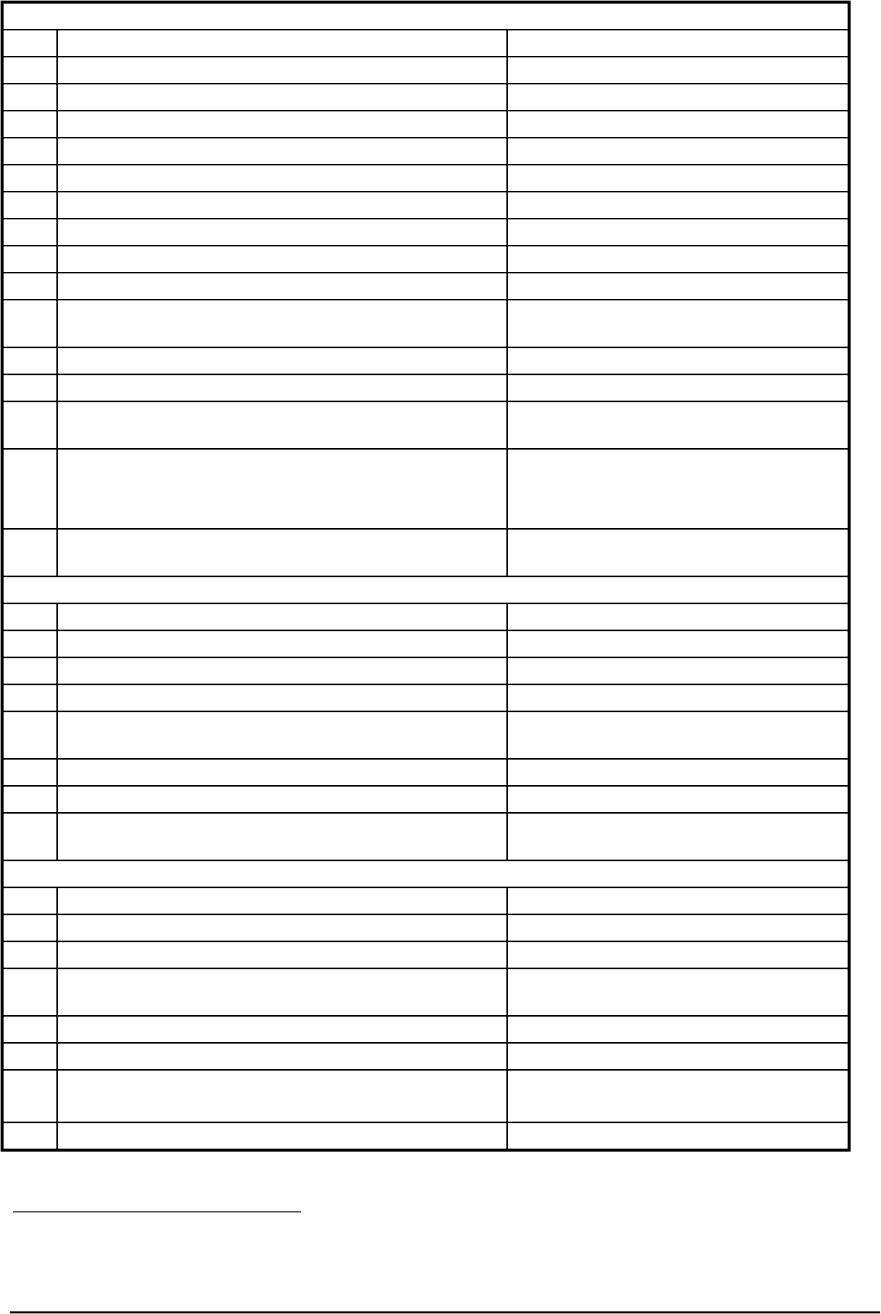
Table 1: Components of Monthly Housing Costs
Owner-occupied Units with Primary Mortgages
1 Monthly cost of utilities (includes water & trash) Sum of 1a through 1f
1a Monthly cost of electricity AMTE
1b Monthly cost of gas AMTG
1c Monthly cost of fuel oil AMTO/12
1d Monthly cost of other fuels AMTF/12
1e Monthly cost of trash AMTT/12
1f Monthly cost of water and sewer AMTW/12
2 Monthly cost of real estate tax AMTX/12
3 Monthly cost of property insurance AMTI/12
4 Monthly cost of land rents LRENT/12
5
Monthly condo/homeowner's association/mobile
home park fees
CONFEE
6 Monthly cost of other mobile home fees MHOTFE/12
7 Monthly cost of routine maintenance CSTMNT/12
8
Monthly payments on lump sum home equity
loans
HEPMT1+HEPMT2+HEPMT3
6
9
Monthly principal and interest and mortgage
insurance (if any) on all mortgages
PMT+PMT2+PMT3+PMT4 minus
(taxes + insurance + other items
included in mortgage payments)
10
Monthly housing costs for owners with
mortgages
Sum of 1 through 9
Owner-occupied Units without Primary Mortgages
11 Monthly cost of utilities (includes water & trash) Sum of 1a through 1f
12 Monthly cost of real estate tax AMTX/12
13 Monthly cost of property insurance AMTI/12
14 Monthly cost of land rents LRENT/12
15
Monthly condo/homeowner's association/mobile
home park fees
CONFEE
16 Monthly cost of other mobile home fees MHOTFE/12
17 Monthly cost of routine maintenance CSTMNT/12
18
Monthly housing costs for owners without
mortgages
Sum of 11 through 17
Renter-occupied Units
19 Monthly cost of utilities (excludes water & trash) Sum of 1a through 1d
20 Other Fees Sum of 20a through 20c
20a Monthly cost of land rents LRENT/12
20b
Monthly condo/homeowner's
association/mobile home park fees
CONFEE
20c Monthly cost of other mobile home fees MHOTFE/12
21 Monthly cost of renter insurance AMTI/12
22 Monthly rent plus payments for water & trash
RENT*FRENT/12 + AMTW/12 +
AMTT/12
7
23 Monthly housing costs for renters Sum of 19 through 22
6
HEPMT1, -2, and -3 are available for 1997 and later AHS surveys only.
7
FRENT is the AHS variable for how many times a year a tenant pays rent.

Almost all units incurred costs—either directly or in rent or in homeowner or
condominium fees—for electricity, water, and trash collection; and most owner-occupied
units paid real estate taxes and premiums on property insurance. Many of the other costs
are relevant to only a small portion of the properties examined; these include land costs,
mobile fees, and certain fuel costs. The authors confronted the question of whether to
average these infrequent costs over all units in their class or only over the units in their
class that incurred the costs. Because this report analyzes trends in average housing costs
and not trends in the costs of the separate components, it seemed more appropriate to
average the costs over all units in the appropriate class, regardless of whether units
incurred the costs.
Section C: Costs for Owners with Mortgages
Figure 1 shows the growth in the monthly dollar costs of housing for owners with
mortgages; it is split into two panels to allow greater differentiation on the vertical axis
for the items that account for only a minor portion of overall average housing costs for
owners with mortgages. Figure 2 translates the data into constant 2005 dollars, while
Figure 3 shows how the percentage shares of the various cost components changed over
the two decades from 1985 to 2005. Table 2 contains the data used to construct the three
charts. In current dollars, monthly housing costs for owners with mortgages increased
from $670 in 1985 to $1,521 in 2005, an increase of 127 percent; the constant dollar
increase was 25 percent.
As expected, payments to principal and interest comprised the largest component of
monthly housing costs. In 1997, the AHS began to collect data separately on lump-sum
home equity mortgages. This change in procedure can be seen clearly in Figure 3, where
the share attributed to principal and interest shifts downward, but a new component
(payments on lump-sum home equity mortgages) approximately equal in size to the
decline is added at the bottom of the chart. Taken together, payments to principal and
interest and payments on lump-sum mortgages represent approximately two-thirds of
monthly housing costs for owners with mortgages throughout the period.
Utility costs were the second largest component of housing costs, but their share fell
during the 20-year period from over 20 percent to just about 13 percent. Figure 2 shows
that utility costs declined slightly in real terms. Figure 4 plots changes in the average
cost of various utilities, where the average is computed over all owner-occupied units
with mortgages even if the unit does not use a particular utility. Electricity costs
contributed the most to utility costs, followed by gas costs. The contribution of gas
increased substantially, the result probably of both an increase in gas prices and greater
usage of gas. Figure 4 shows that only water displayed a constant upward trend in dollar
costs.
Real estate taxes were the third largest component of housing costs, and their share
increased slightly over the period.
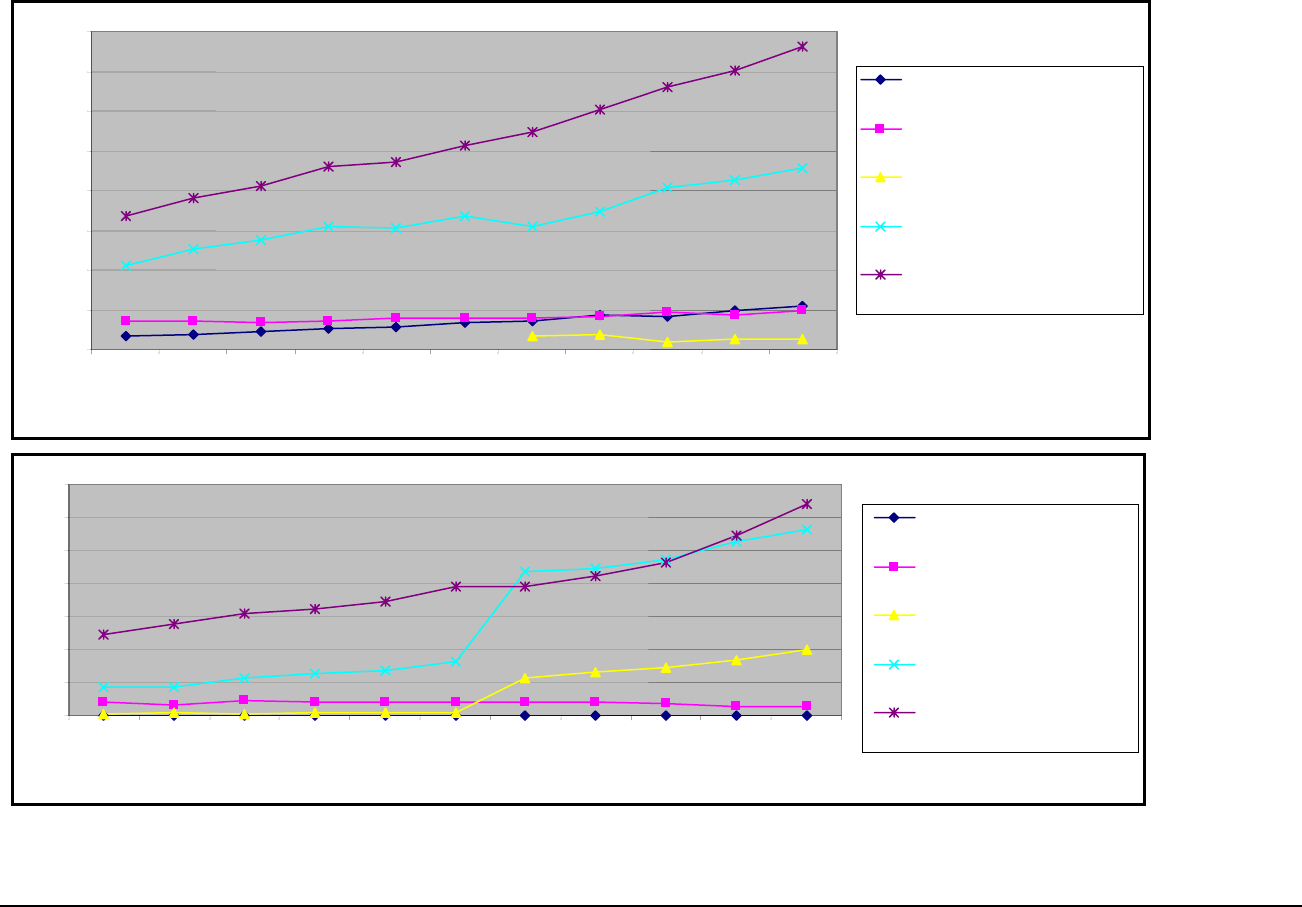
Figure 1: Monthly Housing Costs in Current Dollars for Owners with Mortgages – 1985-2005
$0
$200
$400
$600
$800
$1,000
$1,200
$1,400
$1,600
including
Monthly cost of real estate taxes
Monthly cost of utilities (
water & trash)
Monthly payments on lump sum
home equity loans
Monthly principal and interest on
all regular mortgages
Monthly housing costs
1985 1987 1989 1991 1993 1995 1997 1999 2001 2003 2005
Y
ea
r
$0
$10
$20
$30
$40
$50
$60
$70
1985 1987 1989 1991 1993 1995 1997 1999 2001 2003 2005
Y
ea
r
home fees
association/mobile home fees
maintenance
insurance
Monthly cost of other mobile
Monthly cost of land rents
Monthly condo/homeowners'
Monthly cost of routine
Monthly cost of property
6

Figure 2: Monthly Housing Costs in 2005 Dollars for Owners with Mortgages – 1985-2005
$0
$200
$400
$600
$800
$1,000
$1,200
$1,400
$1,600
1985 1987 1989 1991 1993 1995 1997 1999 2001 2003 2005
Y
ea
r
taxes
$0
$10
$20
$30
$40
$50
$60
$70
1985 1987 1989 1991 1993 1995 1997 1999 2001 2003 2005
Y
ea
r
home fees
association/mobile home fees
maintenance
insurance
Monthly cost of real estate
Monthly cost of utilities
(including water & trash)
Monthly payments on lump sum
home equity loans
Monthly principal and interest
on all regular mortgages
Monthly housing costs
Monthly cost of other mobile
Monthly cost of land rents
Monthly condo/homeowners'
Monthly cost of routine
Monthly cost of property
7
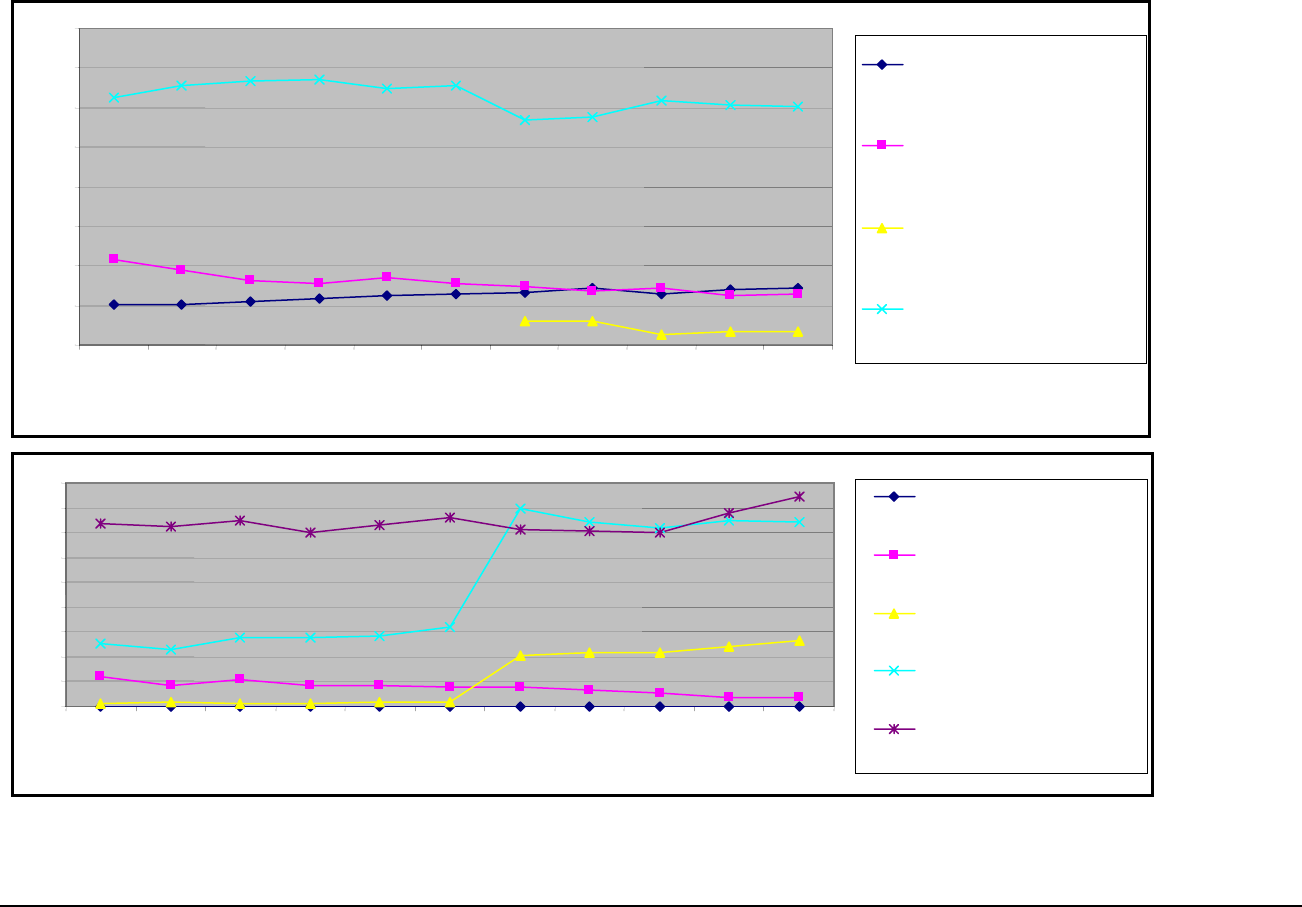
Figure 3: Percentage Shares of Monthly Housing Costs for Owners with Mortgages – 1985-2005
0%
10%
20%
30%
40%
50%
60%
70%
80%
1985 1987 1989 1991 1993 1995 1997 1999 2001 2003 2005
Y
ea
r
including
0%
1%
1%
2%
2%
3%
3%
4%
4%
5%
1985 1987 1989 1991 1993 1995 1997 1999 2001 2003 2005
Y
ea
r
home fees
association/mobile home fees
maintenance
insurance
Monthly cost of real estate taxes
Monthly cost of utilities (
water & trash)
Monthly payments on lump sum
home equity loans
Monthly principal and interest on
all regular mortgages
Monthly cost of other mobile
Monthly cost of land rents
Monthly condo/homeowners'
Monthly cost of routine
Monthly cost of property
8
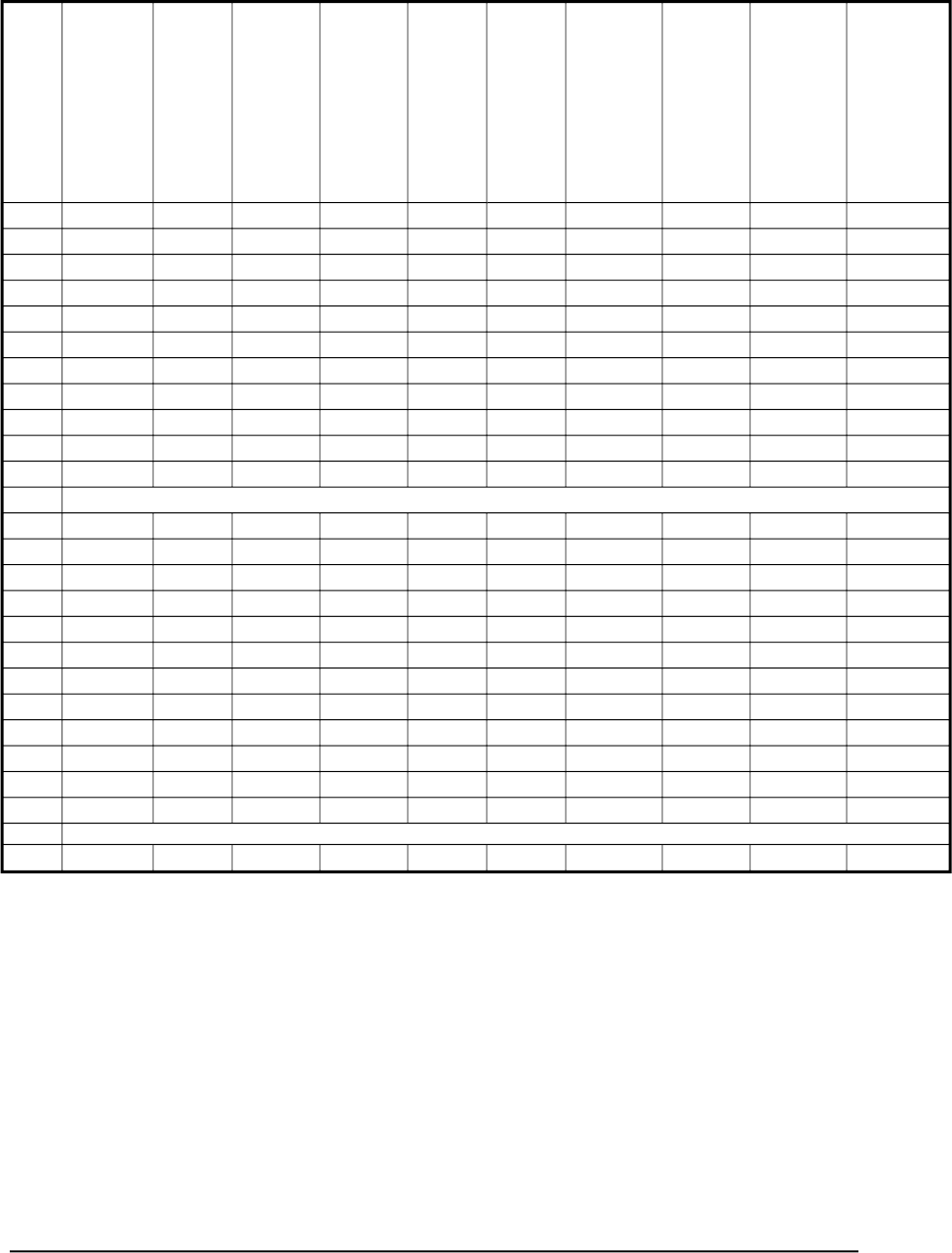
Table 2: Monthly Housing Costs and Percentage Shares for Owners with
Mortgages
Year Monthly
cost of
utilities
(including
water &
trash)
Monthly
cost of
real
estate
tax
Monthly
cost of
property
insur-
ance
Monthly
condo/
home-
owners’
associa-
tion/
mobile
home
Monthly
cost of
land
rents
Monthly
cost of
other
mobile
home
fees
Monthly
principal
and
interest on
all regular
mortgages
Monthly
cost of
mainten-
ance
Monthly
payments
on lump
sum home
equity
loans
Monthly
housing
costs
(including
home
equity
loans)
fees
1985 $144.83 $67.47 $24.65 $0.40 $3.96 $0.02 $420.54 $8.59 $0.00 $670.45
1987 $144.26 $77.76 $27.65 $0.74 $3.16 $0.01 $502.97 $8.67 $0.00 $765.23
1989 135.29 92.09 30.92 0.58 4.61 0.02 550.53 11.51 0.00 825.55
1991 $144.90 $108.75 $32.49 $0.70 $4.02 $0.02 $620.11 $12.90 $0.00 $923.90
1993 $159.48 $116.83 $34.37 $0.74 $4.10 $0.02 $611.19 $13.47 $0.00 $940.21
1995 $159.40 $133.99 $39.05 $0.82 $3.96 $0.00 $673.24 $16.58 $0.00 $1,027.06
1997 $161.42 $145.46 $39.12 $11.23 $4.32 $0.04 $622.60 $43.51 $65.87 $1,093.58
1999 $162.76 $171.71 $42.44 $13.00 $4.06 $0.06 $693.29 $44.77 $72.52 $1,204.60
2001 $188.28 $167.91 $46.35 $14.36 $3.76 $0.01 $816.65 $47.22 $34.23 $1,318.76
2003 $174.91 $196.51 $54.65 $16.87 $2.62 $0.05 $851.54 $52.58 $50.31 $1,400.05
2005 $196.75 $216.77 $64.10 $20.14 $2.69 $0.03 $914.36 $56.57 $49.74 $1,521.15
Year Percentage of monthly housing costs
1985 21.6% 10.1% 3.7% 0.1% 0.6% 0.0% 62.7% 1.3% 0.0% 100.0%
1987 18.9% 10.2% 3.6% 0.1% 0.4% 0.0% 65.7% 1.1% 0.0% 100.0%
1989 16.4% 11.2% 3.7% 0.1% 0.6% 0.0% 66.7% 1.4% 0.0% 100.0%
1991 15.7% 11.8% 3.5% 0.1% 0.4% 0.0% 67.1% 1.4% 0.0% 100.0%
1993 17.0% 12.4% 3.7% 0.1% 0.4% 0.0% 65.0% 1.4% 0.0% 100.0%
1995 15.5% 13.0% 3.8% 0.1% 0.4% 0.0% 65.5% 1.6% 0.0% 100.0%
1997 14.8% 13.3% 3.6% 1.0% 0.4% 0.0% 56.9% 4.0% 6.0% 100.0%
1999 13.5% 14.3% 3.5% 1.1% 0.3% 0.0% 57.6% 3.7% 6.0% 100.0%
2001 14.3% 12.7% 3.5% 1.1% 0.3% 0.0% 61.9% 3.6% 2.6% 100.0%
2003 12.5% 14.0% 3.9% 1.2% 0.2% 0.0% 60.8% 3.8% 3.6% 100.0%
2005 12.9% 14.3% 4.2% 1.3% 0.2% 0.0% 60.1% 3.7% 3.3% 100.0%
Avg 15.7% 12.5% 3.7% 0.6% 0.4% 0.0% 62.7% 2.5% 2.0% 100.0%
Annual percent change 1985-2005
1.5% 6.0% 4.9% 21.7% -1.9% 2.9% 4.0% 9.9% NA 4.2%
9
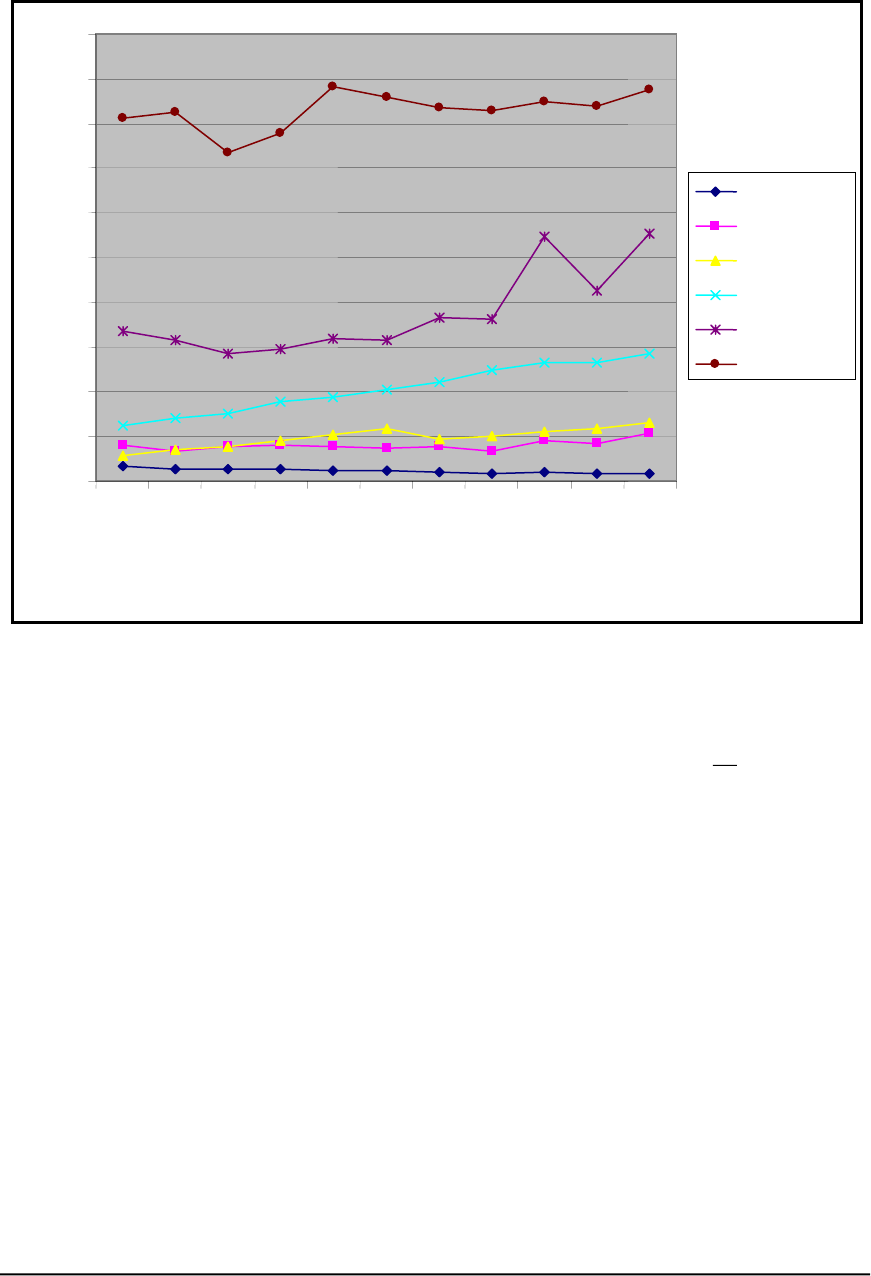
Figure 4: Trends in Utility Costs per Unit Month for Owners with
Mortgages (in current dollars)
$100
$90
$80
$70
$60
$50
$40
$30
$20
$10
$0
1985 1987 1989 1991 1993 1995 1997 1999 2001 2003 2005
Other fuels
Fuel oil
Trash
Wate
r
Gas
Electricity
Yea
r
Fees—a component that includes fees paid to homeowners’ associations, mobile home
park fees, and land rents—grew substantially faster than any of the other components.
Despite growing at an average rate of over 20 percent a year, these fees still comprised
less than 1 percent of monthly housing costs in 2005 when averaged over all
units with
mortgages.
Table 3 isolates the impact of these fees on those homeowners with mortgages who paid
the fees. For the homeowners who paid condominium fees, homeowners’ association
fees, and mobile home park fees, these fees grew from 0.6 percent of all housing costs in
1985 to 5.6 percent in 2005, and the percentage of homeowners paying these fees
increased from 7.0 percent to 19.7 percent. For those paying land rents, the share of
housing costs attributable to land rents rose from 22.8 percent to 30.0 percent, but the
percentage paying these fees declined.
10
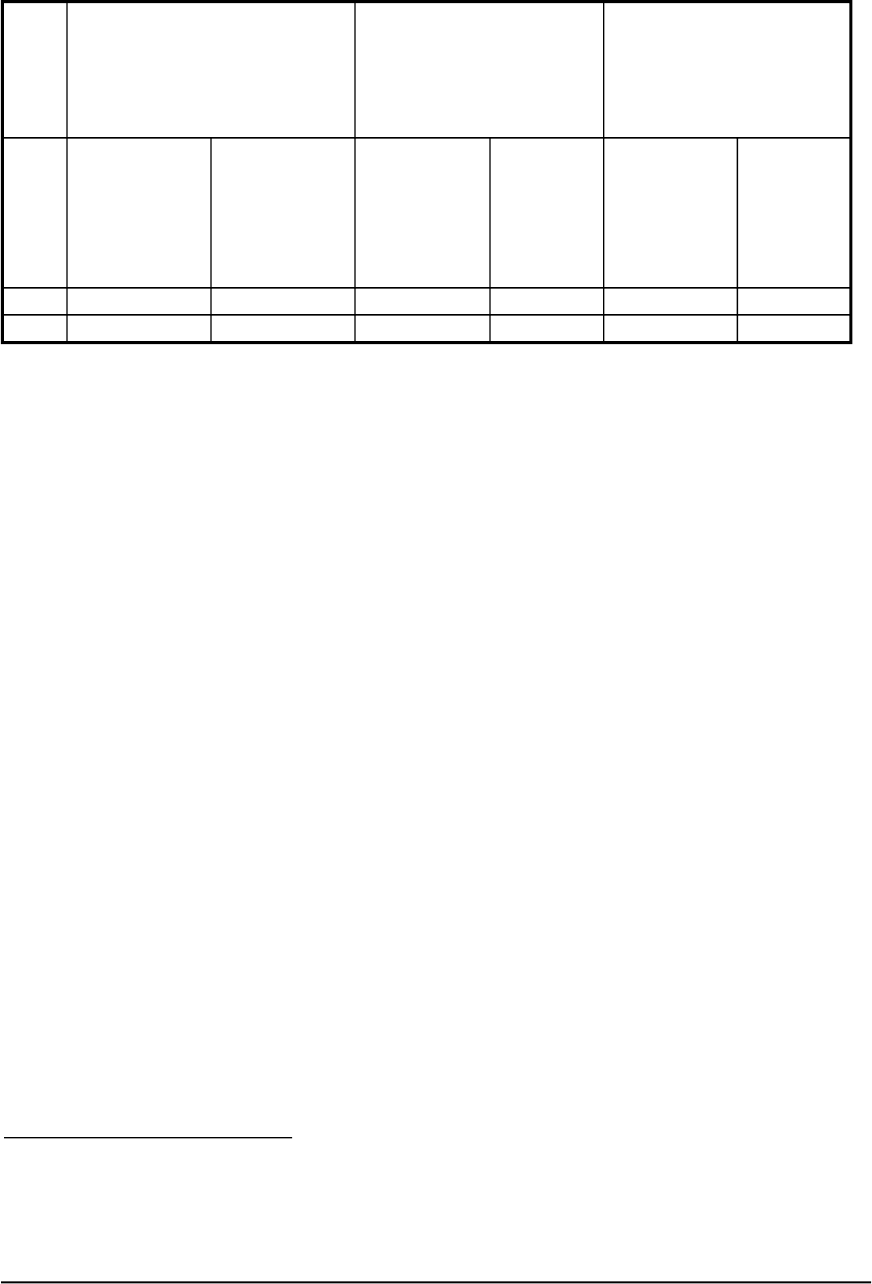
Table 3: Fees and Land Rents for Homeowners with Mortgages,
1985 & 2005
Condominium fees,
homeowners' association fees,
and mobile home fees
Other mobile home fees Land rents
Percentage of
all housing
costs for those
paying these
fees
Percentage
paying these
fees*
Percentage of
all housing
costs for
those paying
these fees
Percentage
paying
these fees*
Percentage
of all housing
costs for
those paying
these fees
Percentage
paying
these fees*
1985 0.6% 7.0% 1.8% 0.2% 22.8% 3.1%
2005 5.6% 19.7% 3.0% 0.1% 30.0% 1.0%
* Percentage paying fees based on unweighted counts.
The relative cost of routine maintenance increased sharply in 1997, which may have been
the result of the change in the AHS questionnaire that occurred with the 1997 survey.
Prior to 1997, routine maintenance accounted for approximately 1.5 percent of monthly
housing costs; beginning with the 1997 survey, it accounts for approximately 4 percent.
The share of monthly housing costs due to property insurance was essentially
unchanged—at approximately 4 percent—over the period. Land fees and other mobile
home fees contributed very little to monthly housing costs throughout the period.
Figure 5 shows how monthly housing costs as a percent of household income fluctuated
over the period for owners with mortgages. Mortgage interest rates declined substantially
after 1993, and many existing homeowners took advantage of the opportunity to
refinance their mortgages at lower interest rates. Figure 5 shows a clear reduction in the
ratio of payments to principal and interest to household income beginning in 1997 and
continuing through 2003.
8
Lower interest rates and refinancing led to a decline in
overall housing costs to income; this ratio achieved its lowest level of 17.7 percent in
2001. By 2005, the ratio had risen to the highest level over the period, 21.7 percent. The
primary reason for the dramatic change between 2001 and 2003 was a substantial
increase in the amount of borrowing. The original balance on the first mortgage recorded
in the 2001 survey was $98,000; by 2005, it had increased to $137,000.
9
There was also
a decline in average household income between 2001 and 2005; this decline led to a
slight rise in all the curves in Figure 5 between 2001 and 2005.
8
This reduction occurs even when the payments to principal and interest are combined with payments on
lump-sum home equity mortgages.
9
The AHS records the amount borrowed at the time of mortgage origination, not the outstanding balance at
the time of the survey.
11
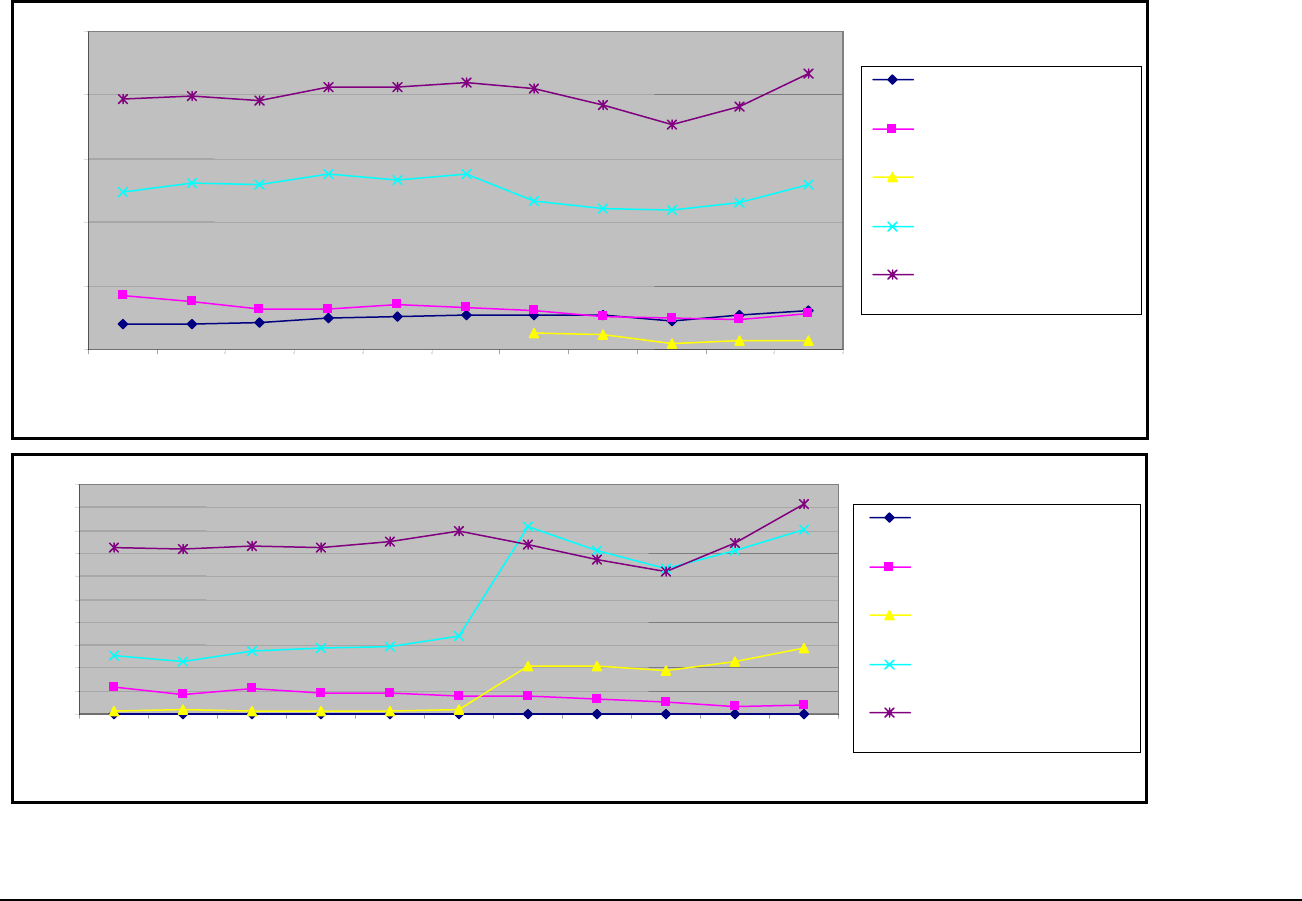
Figure 5: Ratio of Monthly Housing Costs to Monthly Household Income for Owners with
Mortgages – 1985-2001
0.0%
5.0%
10.0%
15.0%
20.0%
25.0%
1985 1987 1989 1991 1993 1995 1997 1999 2001 2003 2005
Y
ea
r
A
estate taxes
on all mortgages
0.0%
0.1%
0.2%
0.3%
0.4%
0.5%
0.6%
0.7%
0.8%
0.9%
1.0%
1985 1987 1989 1991 1993 1995 1997 1999 2001 2003 2005
Yea
r
home fees
association/mobile home fees
maintenance
A f
verage monthly cost of real
Monthly cost of utilities
(including water & trash)
Monthly payments on all home
equity loans
Monthly principal and interest
Monthly housing costs
(including home equity loans)
Monthly cost of other mobile
Monthly cost of land rents
Monthly condo/homeowners'
Monthly cost of routine
verage monthly cost o
property insurance
12
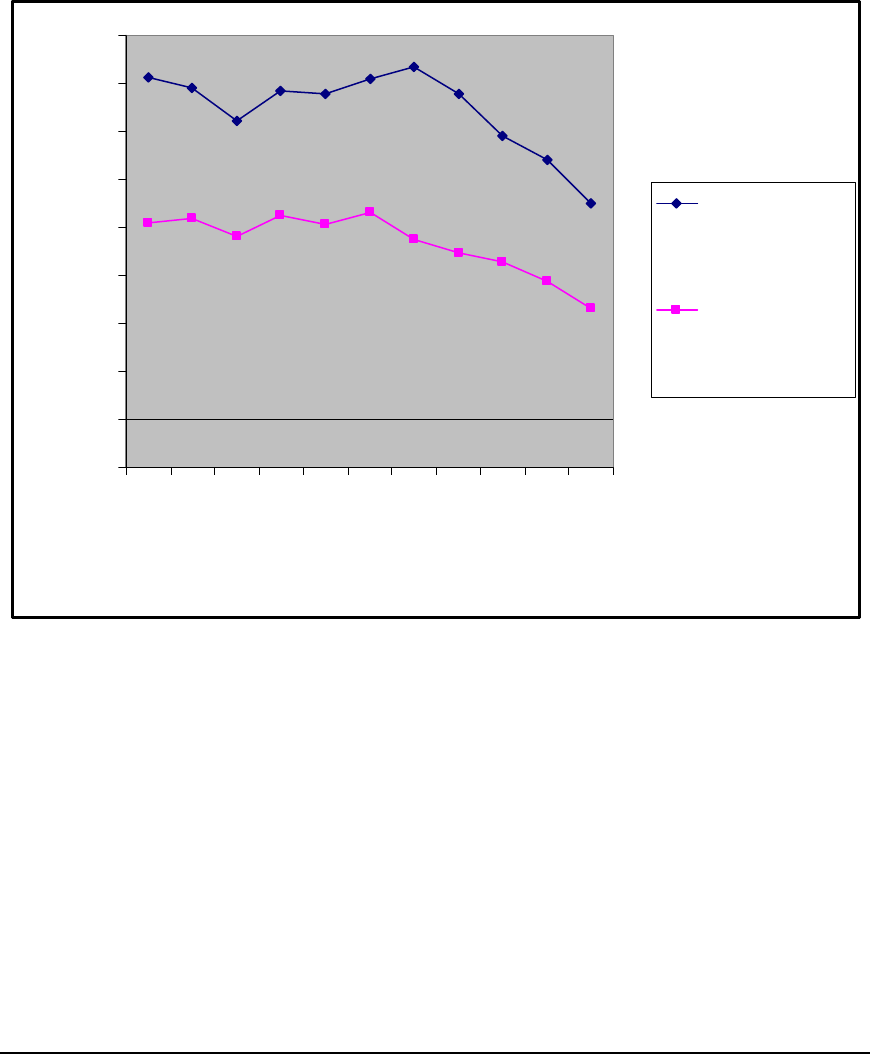
Housing is both a consumption good and an investment. To provide a different
perspective on the housing costs of owners with mortgages, Figure 6 plots the ratio of
monthly housing costs to the owner’s estimate of the value of his or her house. Value is
measured in thousands of dollars, so the ratio represents the monthly cost per thousand
dollars in housing value. From 1985 through 1999, the ratio was approximately $8 of
monthly housing costs per $1,000 in house value. With the rapid rise in house prices in
the early 2000s, the ratio fell below 6 dollars by 2005. Given the recent decline in home
prices, the ratio may be moving back toward $8.
Figure 6: Ratio of Monthly Housing Costs to House Value
Ratio
9.0
8.0
7.0
6.0
5.0
4.0
3.0
2.0
1.0
0.0
7
9
7
9
5
85
8
9
9
01
20
0
8
91
19
95
9
9
9
19
1
1
19
93
19
9
2
1
1
20
03
0
Year
Section D: Costs for Owners without Mortgages
Figure 7 shows the growth in the monthly costs of housing in current dollars for owners
without mortgages. Figure 8 presents monthly housing costs in constant 2005 dollars,
and Figure 9 shows how the percentage shares of the various cost components changed
over the two decades from 1985 to 2005. Table 4 contains the data used to construct the
three charts. In current dollars, monthly housing costs for owners without mortgages
increased from $200 in 1985 to $455 in 2005—an increase of 128 percent; in constant
dollars, the increase was 25 percent.
i
/ l )
i i
i l
/
(000)
Monthly hous ng
costs V a ue (000s
Monthly pr nc pal and
nterest on al
mortgages value
13
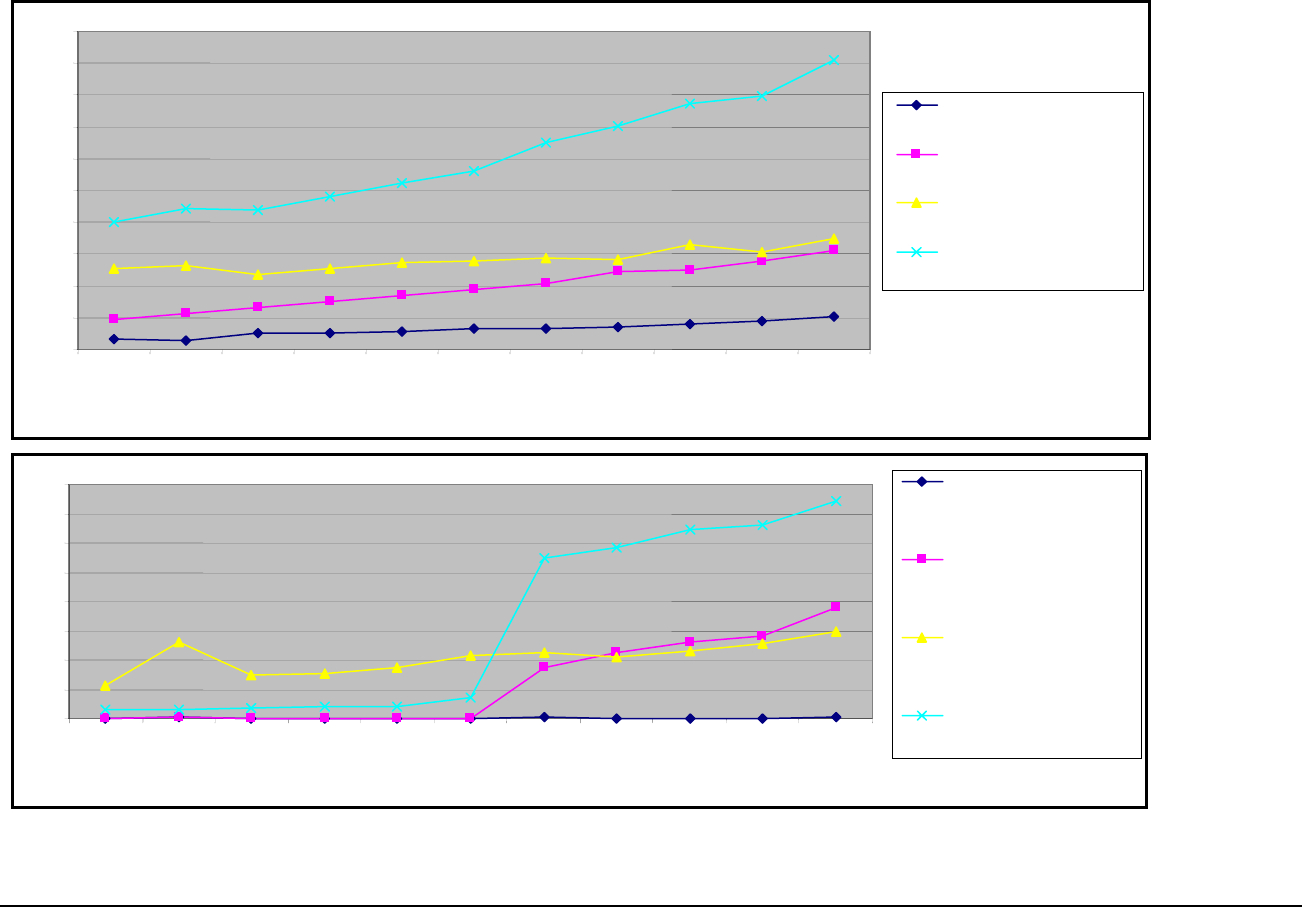
Figure 7: Monthly Housing Costs in Current Dollars for Owners without Mortgages – 1985-2005
$0
$50
$100
$150
$200
$250
$300
$350
$400
$450
$500
1985 1987 1989 1991 1993 1995 1997 1999 2001 2003 2005
Y
ea
r
insurance
taxes
$0
$5
$10
$15
$20
$25
$30
$35
$40
1985 1987 1989 1991 1993 1995 1997 1999 2001 2003 2005
Y
ea
r
r
association/mobile home
fees
maintenance
Monthly cost of property
Monthly cost of real estate
Monthly cost of utilities
(including water & trash)
Monthly housing costs
Monthly cost of othe
mobile home fees
Monthly
condo/homeowners'
Monthly cost of land rents
Monthly cost of routine
14
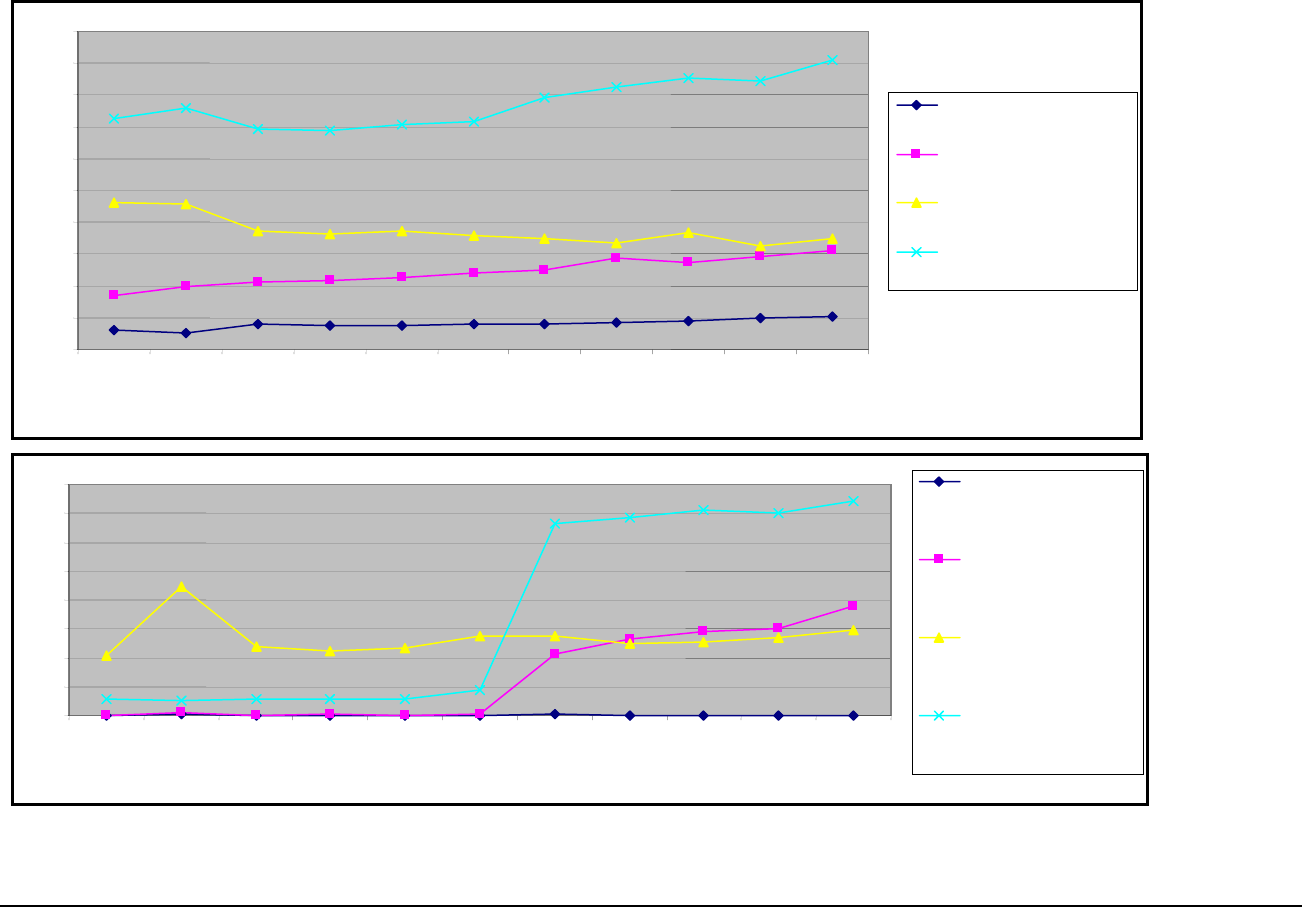
Figure 8: Monthly Housing Costs in Constant 2005 Dollars for Owners without Mortgages – 1985-2005
$0
$50
$100
$150
$200
$250
$300
$350
$400
$450
$500
insurance
taxes
Monthly cost of property
Monthly cost of real estate
Monthly cost of utilities
(including water & trash)
Monthly housing costs
1985 1987 1989 1991 1993 1995 1997 1999 2001 2003 2005
Y
ea
r
$0
$5
$10
$15
$20
$25
$30
$35
$40
1985 1987 1989 1991 1993 1995 1997 1999 2001 2003 2005
Y
ea
r
r
association/mobile home
fees
rents
maintenance
Monthly cost of othe
mobile home fees
Monthly
condo/homeowners'
Monthly cost of land
Monthly cost of routine
15
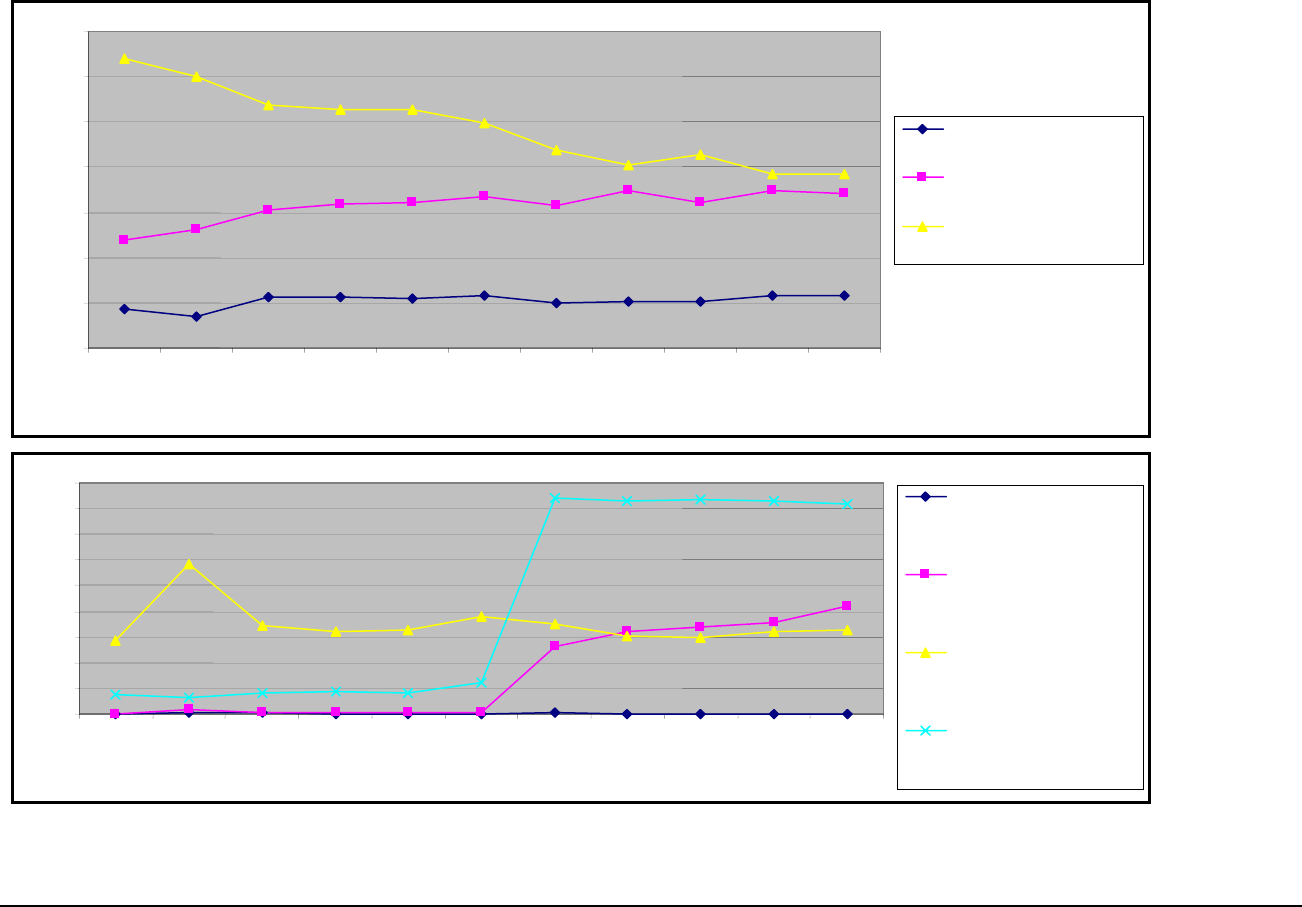
Figure 9: Percentage Shares of Monthly Housing Costs for Owners without Mortgages – 1985-2005
0.0%
10.0%
20.0%
30.0%
40.0%
50.0%
60.0%
70.0%
1985 1987 1989 1991 1993 1995 1997 1999 2001 2003 2005
Y
ea
r
insurance
taxes
0.0%
1.0%
2.0%
3.0%
4.0%
5.0%
6.0%
7.0%
8.0%
9.0%
1985 1987 1989 1991 1993 1995 1997 1999 2001 2003 2005
Y
ea
r
association/mobile home
fees
maintenance
Monthly cost of property
Monthly cost of real estate
Monthly cost of utilities
(including water & trash)
Monthly cost of other
mobile home fees
Monthly
condo/homeowners'
Monthly cost of land rents
Monthly cost of routine
16
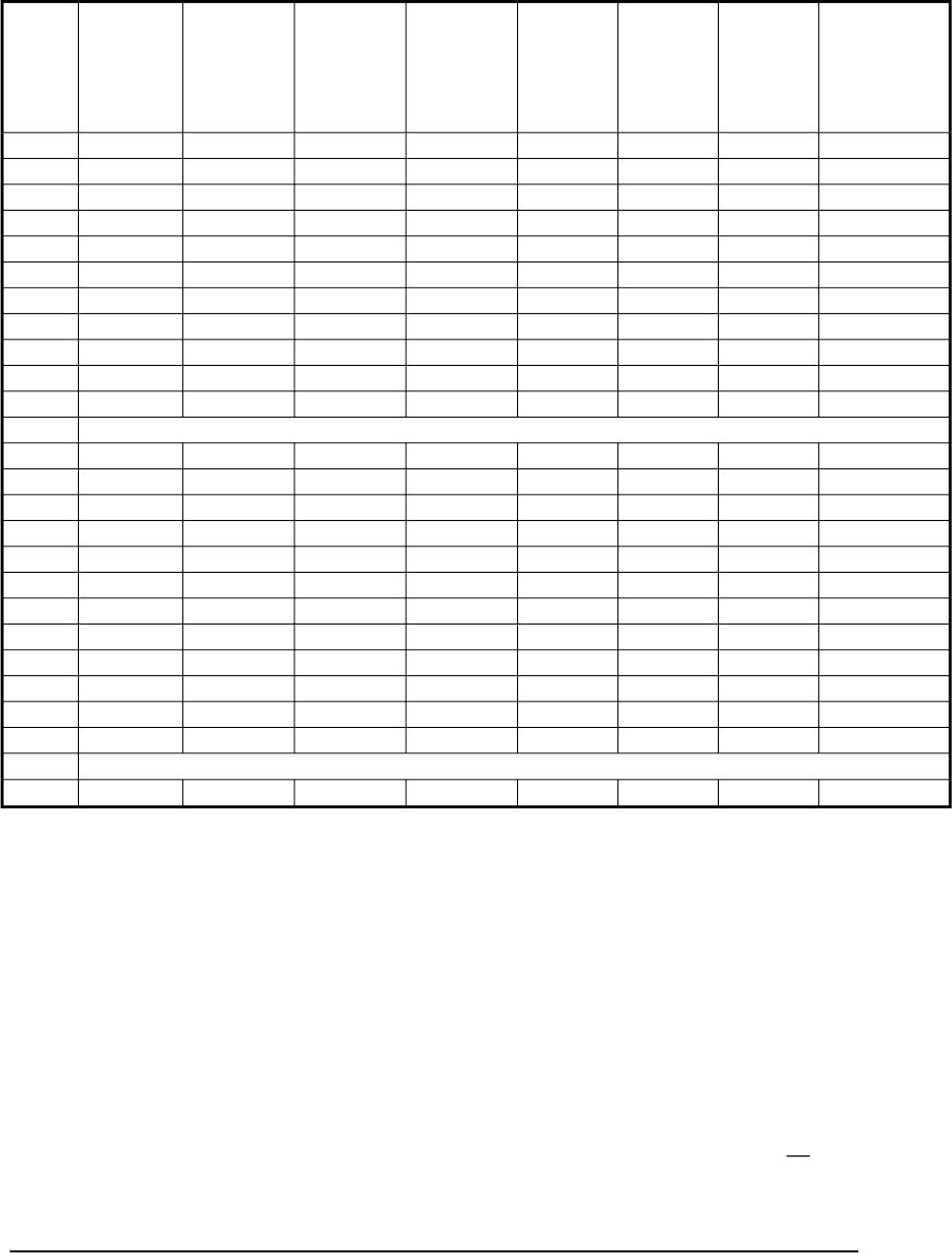
Table 4: Monthly Housing Costs and Percentage Shares for Owners
without Mortgages
Year
Monthly
cost of
utilities
(including
water &
trash)
Monthly cost
of real estate
tax
Monthly cost
of property
insurance
Monthly
condo/
home-
owners’
association/
mobile home
fees
Monthly
cost of
land rents
Monthly
cost of
other
mobile
home fees
Monthly
cost of
routine
mainten-
ance
Monthly
housing costs
1985 $127.56 $47.36 $17.38 $0.05 $5.69 $0.02 $1.54 $199.60
1987 $132.81 $57.68 $15.22 $0.35 $12.95 $0.14 $1.47 $220.62
1989 118.68 66.86 25.15 0.07 7.55 0.07 1.86 220.25
1991 $126.77 $76.39 $27.10 $0.09 $7.73 $0.03 $2.06 $240.17
1993 $137.83 $84.41 $28.66 $0.10 $8.62 $0.03 $2.13 $261.78
1995 $139.78 $94.09 $32.11 $0.12 $10.71 $0.02 $3.49 $280.32
1997 $142.77 $102.88 $32.88 $8.65 $11.37 $0.14 $27.42 $326.11
1999 $142.56 $122.45 $36.16 $11.27 $10.63 $0.10 $29.15 $352.32
2001 $165.84 $124.08 $39.96 $13.19 $11.48 $0.08 $32.22 $386.84
2003 $153.48 $138.79 $45.57 $14.15 $12.82 $0.08 $32.95 $397.84
2005 $175.32 $155.85 $52.09 $19.03 $14.85 $0.13 $37.26 $454.52
Year Percent of Monthly Housing Costs
1985 63.9% 23.7% 8.7% 0.0% 2.9% 0.0% 0.8% 100.0%
1987 60.2% 26.1% 6.9% 0.2% 5.9% 0.1% 0.7% 100.0%
1989 53.9% 30.4% 11.4% 0.0% 3.4% 0.0% 0.8% 100.0%
1991 52.8% 31.8% 11.3% 0.0% 3.2% 0.0% 0.9% 100.0%
1993 52.7% 32.2% 11.0% 0.0% 3.3% 0.0% 0.8% 100.0%
1995 49.9% 33.6% 11.5% 0.0% 3.8% 0.0% 1.2% 100.0%
1997 43.8% 31.5% 10.1% 2.7% 3.5% 0.0% 8.4% 100.0%
1999 40.5% 34.8% 10.3% 3.2% 3.0% 0.0% 8.3% 100.0%
2001 42.9% 32.1% 10.3% 3.4% 3.0% 0.0% 8.3% 100.0%
2003 38.6% 34.9% 11.5% 3.6% 3.2% 0.0% 8.3% 100.0%
2005 38.6% 34.3% 11.5% 4.2% 3.3% 0.0% 8.2% 100.0%
Avg 48.9% 31.4% 10.4% 1.6% 3.5% 0.0% 4.2% 100.0%
Annual percent change 1985-2005
1.6% 6.1% 5.6% 34.2% 4.9% 10.6% 17.3% 4.2%
Utility costs form the largest component of monthly housing costs for owners without
mortgages, but the share of total costs fell from 64 percent in 1985 to 39 percent in 2005.
The main reason that the share attributed to utility costs fell was the increase in the real
estate taxes and the cost of property insurance. These two components grew at 6.1
percent per year and 5.6 percent per year, respectively, compared to 1.6 percent for
utilities. Combined real estate taxes and property insurance accounted for 32 percent of
monthly housing costs in 1985 and 46 percent in 2005.
Fees—a component that includes condominium fees, fees paid to homeowners’
associations, and mobile home park fees—grew substantially faster than any of the other
components. Despite growing at an average rate of over 34 percent a year, these fees still
comprised only 1.6 percent of monthly housing costs in 2005 when averaged over all
owners without mortgages. Table 5 isolates the impact of these fees on those
17
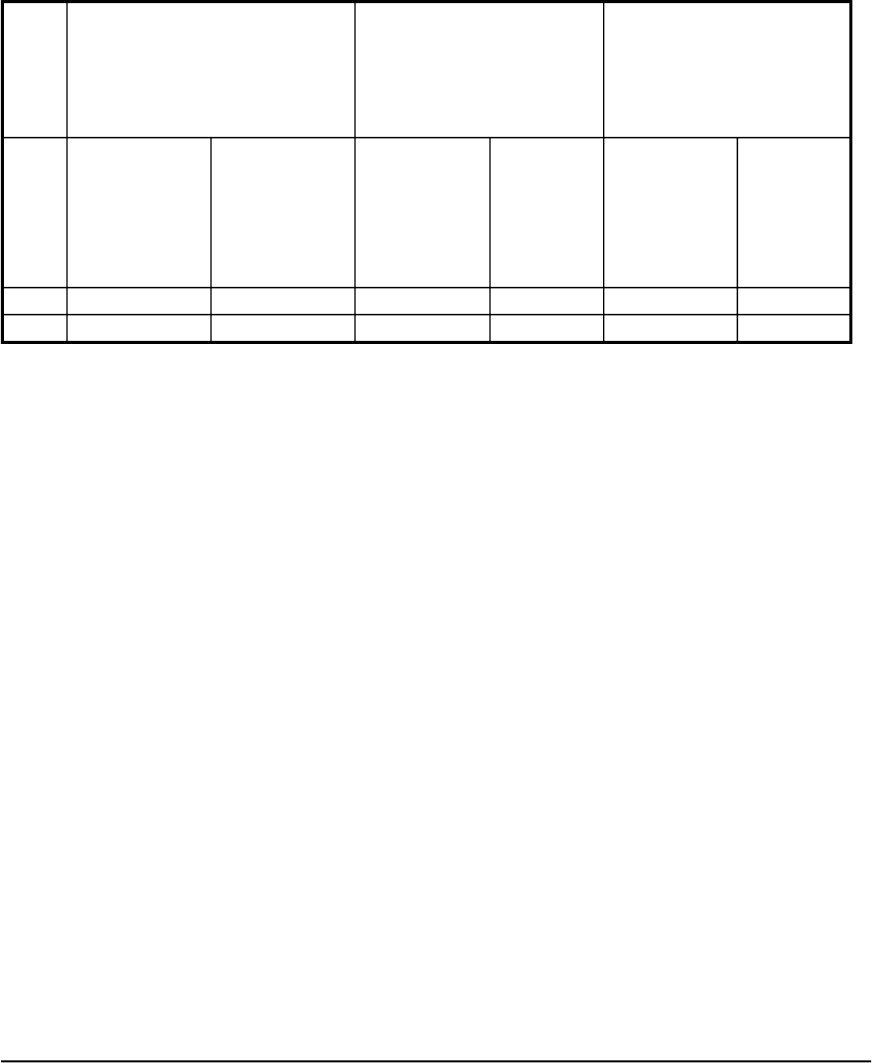
homeowners without mortgages who paid the fees. For the homeowners who paid
condominium fees, homeowners’ association fees, and mobile home park fees, these fees
grew from 1.4 percent of all housing cost in 1985 to 25.3 percent in 2005 and the
percentage of homeowners paying these fees increased from 1.5 percent to 11.7 percent.
For those paying land rents, the share of housing costs attributable to land rent rose from
47.5 percent to 57.9 percent and the percentage paying these fees increased slightly.
Table 5: Fees and Land Rents for Homeowners without Mortgages,
1985 & 2005
Condominium fees,
homeowners' association fees,
and mobile home fees
Other mobile home fees Land rents
Percentage of
all housing
costs for those
paying these
fees
Percentage
paying these
fees*
Percentage of
all housing
costs for
those paying
these fees
Percentage
paying
these fees*
Percentage
of all housing
costs for
those paying
these fees
Percentage
paying
these fees*
1985 1.4% 1.5% 2.0% 0.3% 47.5% 4.8%
2005 25.3% 11.7% 7.4% 0.3% 57.9% 5.1%
* Percentage paying fees based on unweighted counts.
The relative cost of routine maintenance increased from less than 1 percent in the period
from 1985 through 1995 to over 8 percent in the period from 1997 through 2005. As
noted earlier, this break in pattern may have been the result of the change in the AHS
questionnaire that occurred with the 1997 survey.
Figure 10 shows how monthly housing costs as a percent of household income fluctuated
over the period for owners without mortgages. This ratio fluctuated between
approximately 9 and 10 percent from 1985 through 2003 and then rose to 11.1 percent in
2005. The increase between 2003 and 2005 was primarily caused by sizable increases in
all the cost components. The three largest components—utilities, real estate taxes, and
property insurance—grew by 14 percent, 12 percent, and 14 percent, respectively, over
this 2-year period. There was also a 4.4-percent decline in average household income
between 2001 and 2005 among owner households without mortgages.
18
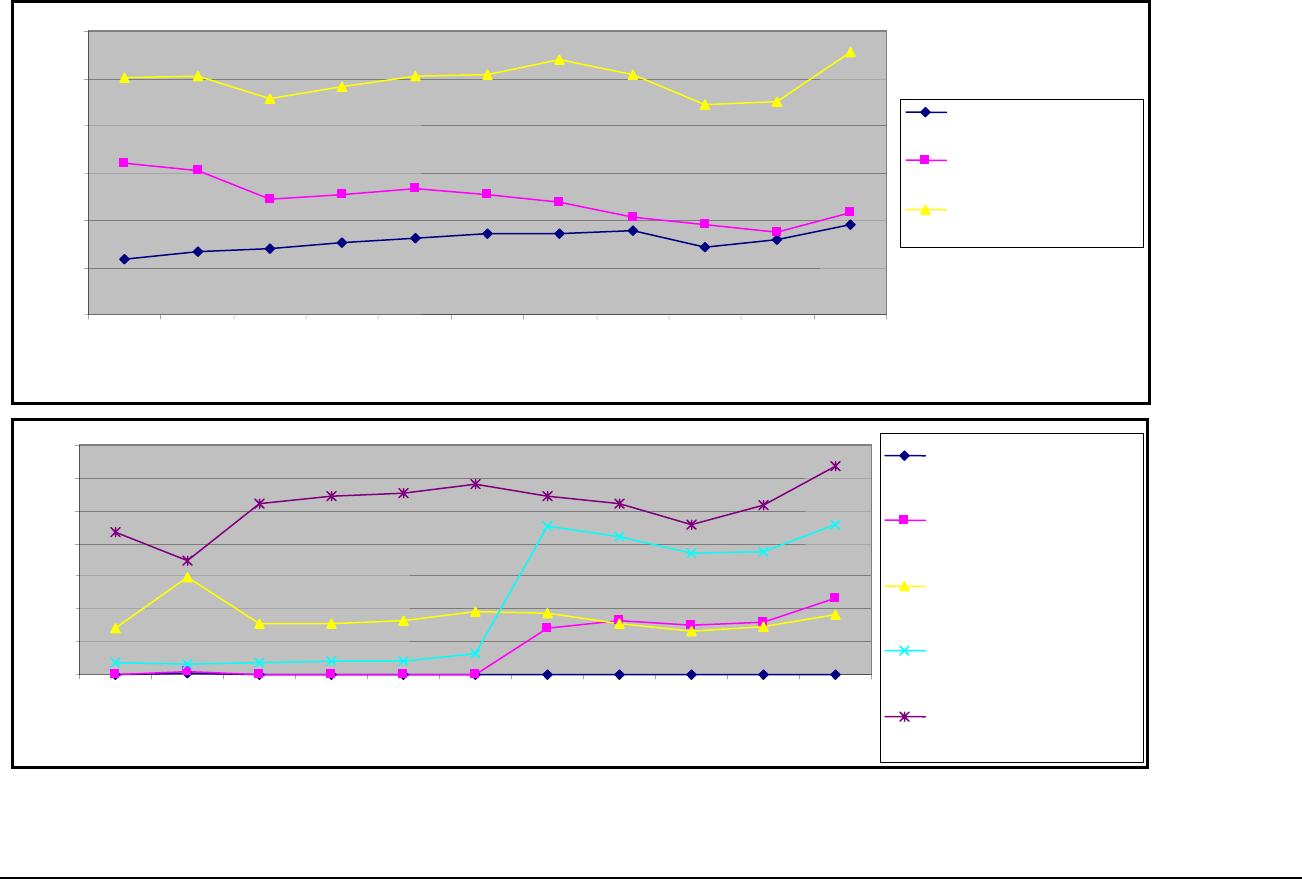
Figure 10: Ratio of Monthly Housing Costs to Monthly Household Income for Owners without
Mortgages –
1985-2001
0.0%
2.0%
4.0%
6.0%
8.0%
10.0%
12.0%
taxes
Monthly cost of real estate
Monthly cost of utilities
(including water & trash)
Monthly housing costs
1985 1987 1989 1991 1993 1995 1997 1999 2001 2003 2005
Y
ea
r
0.0%
0.2%
0.4%
0.6%
0.8%
1.0%
1.2%
1.4%
1985 1987 1989 1991 1993 1995 1997 1999 2001 2003 2005
Y
ea
r
home fees
association/mobile home fees
maintenance
insurance
Monthly cost of other mobile
Monthly condo/homeowners'
Monthly cost of land rents
Monthly cost of routine
Monthly cost of property
19

Section E: Costs for Renters
Figure 11 shows the growth in the monthly costs of housing in current dollars for renters.
Figure 12 presents the data in constant 2005 dollars, and Figure 13 shows how the
percentage shares of the various cost components changed over the two decades from
1985 to 2005. Table 6 contains the data used to construct the two charts. In current
dollars, monthly housing costs for renters increased from $424 in 1985 to $830 in 2005,
an increase of 95 percent. In constant dollars, renter housing costs increased only 8
percent over the period.
The sum of rent plus any fees for water and sewer or trash paid by tenants accounted for
most of monthly renter costs throughout the 20-year period. The share attributed to rent
increased almost monotonically from 80 percent in 1985 to 87 percent in 2005. Utilities
accounted for almost all of the remaining renter costs. The share attributed to utilities
declined from 19 percent in 1985 to 12 percent in 2005. Combined rent and utilities
contributed more than 99 percent of renter costs throughout the period.
Table 7 assesses the frequency with which tenants pay separately for utilities that they
use. Alternatively, Table 7 shows how frequently the cost of a utility is included in rent.
For example, in 2005, 27.5 percent of tenants paid separately for water, implying that
water was included in rent for 72.5 percent of tenants who had water and sewer services.
Tenants pay separately most often for electricity and least often for trash and water and
sewer services. Table 7 also shows that the frequency of payment outside of rent varies
systematically by structure type. Tenants pay separately more frequently in single-family
rentals and mobile homes and less frequently in apartments in large buildings. For this
reason, the authors reweighted the data used to produce Table 6 so that the data
accurately reflected the composition of the rental stock by structure type.
Figure 14 displays how the ratios to income of monthly housing costs and the
components of monthly housing costs changed over the period. From 1985 through
2003, renter households paid between 20 and 25 percent of their income for housing.
This ratio increased in 2005 to 26 percent, because renter household income declined by
7 percent and renter costs increased by 8 percent.
20
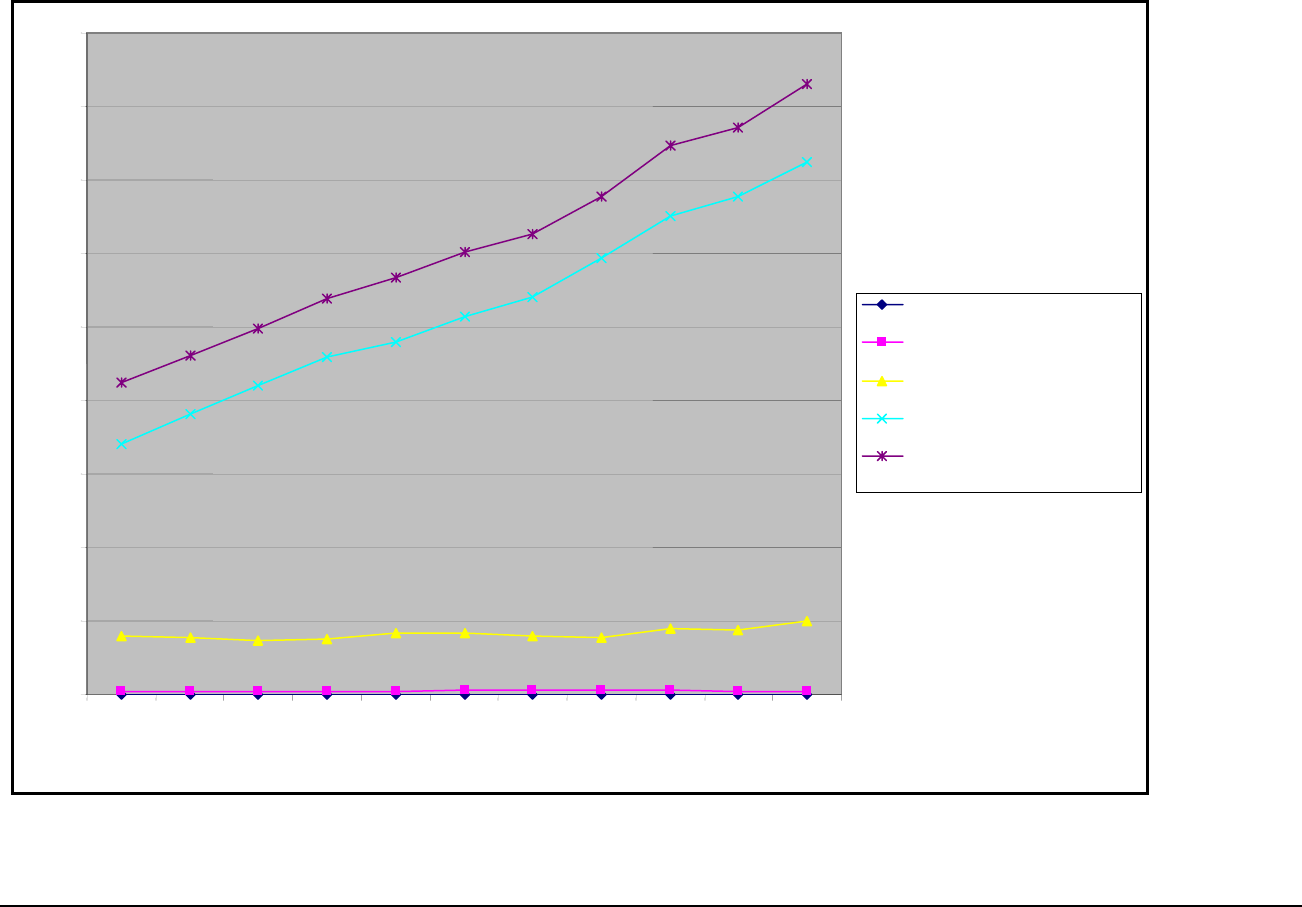
Figure 11: Monthly Housing Costs in Current Dollars for Renters – 1985-2005
$0
A
ll fees
trash
$100
$200
$300
$400
$500
$600
$700
$800
$900
Monthly renter insurance
Monthly utilities
Monthly rent + water & sewer &
Monthly renter costs
1985 1987 1989 1991 1993 1995 1997 1999 2001 2003 2005
Yea
r
21
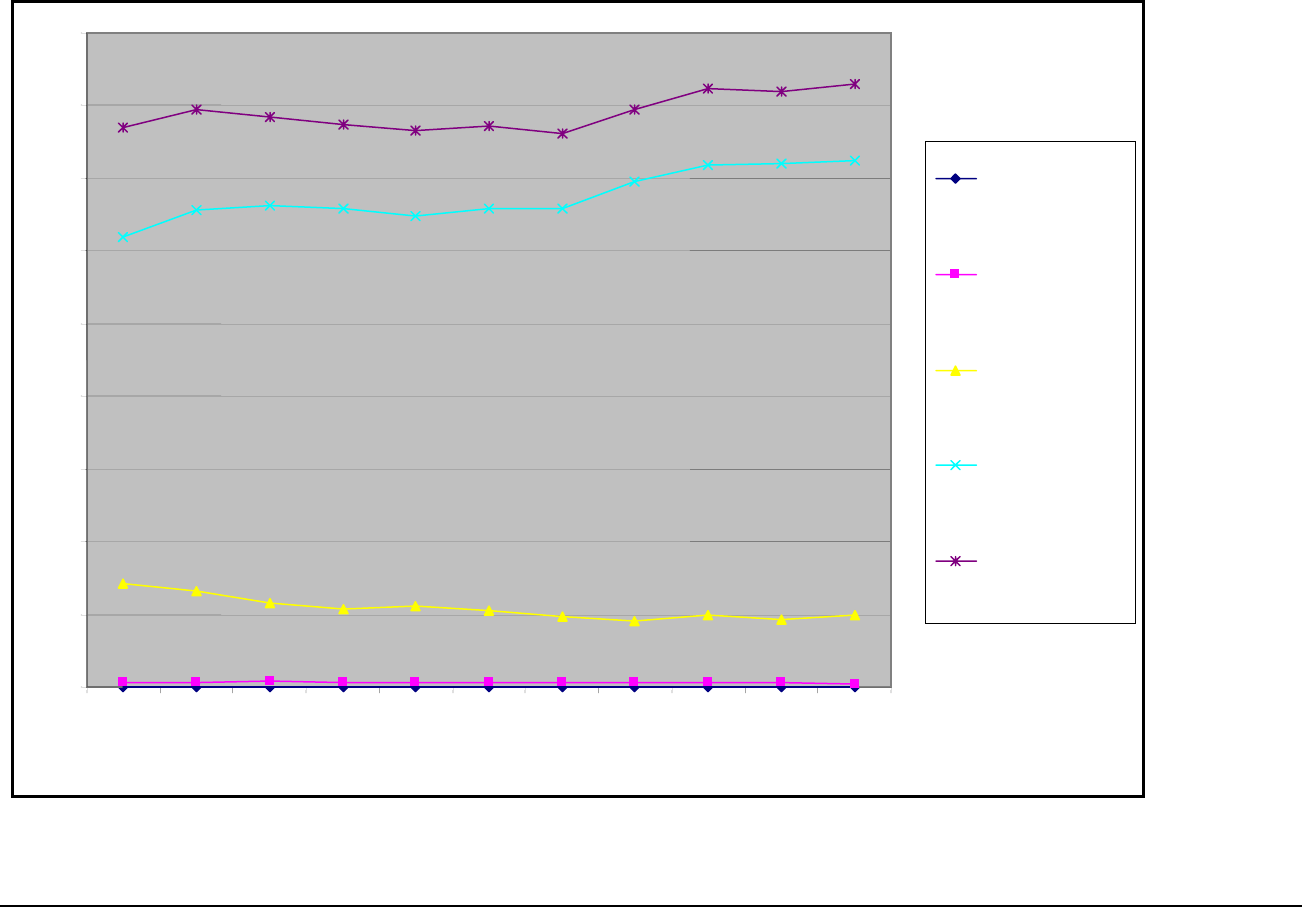
Figure 12: Monthly Housing Costs in Constant 2005 Dollars for Renters – 1985-2005
$900
$800
$700
$600
$500
$400
$300
$200
$100
$0
1985 1987 1989 1991 1993 1995 1997 1999 2001 2003 2005
Yea
r
A
ll fees
insurance
r
Monthly renter
Monthly utilities
Monthly rent + wate
& sewer & trash
Monthly renter costs
22
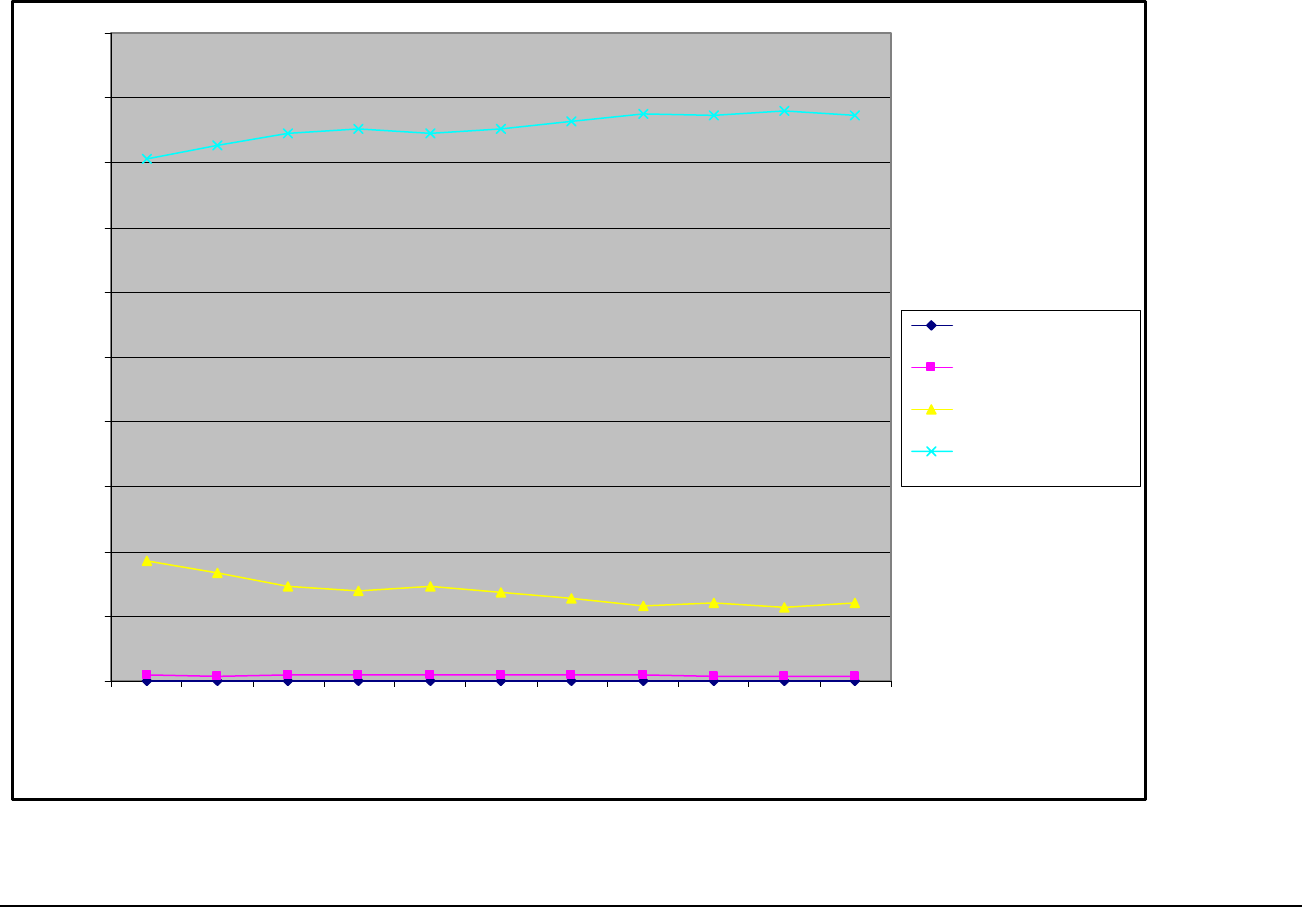
Figure 13: Percentage Shares of Monthly Housing Costs for Renters – 1985-2005
All f
l iliti
0.0%
10.0%
20.0%
30.0%
40.0%
50.0%
60.0%
70.0%
80.0%
90.0%
100.0%
ees
Monthly renter
insurance
M onth y ut es
Monthly rent + water
& sewer & trash
1985 1987 1989 1991 1993 1995 1997 1999 2001 2003 2005
Year
23
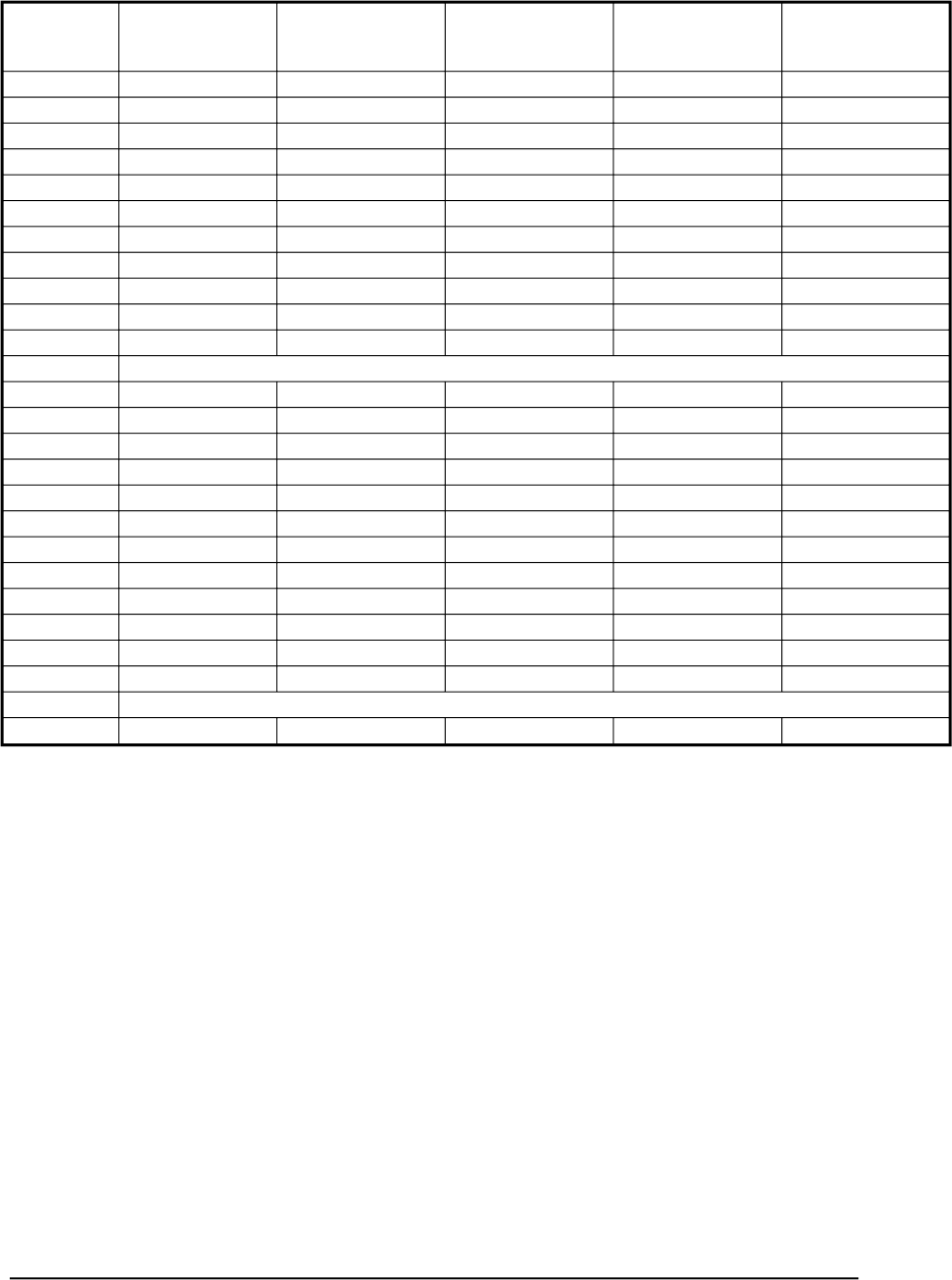
Table 6: Monthly Housing Costs and Percentage Shares for Renters
Year
Monthly rent +
water & sewer
& trash
Monthly utilities
Monthly renter
insurance
All fees
Monthly housing
costs
1985 $342 $79 $4 $0.20 $424
1987 $381 $77 $3 $0.25 $462
1989 $420 $73 $5 $0.18 $498
1991 $459 $76 $5 $0.23 $539
1993 $479 $83 $5 $0.24 $567
1995 $514 $83 $5 $0.55 $602
1997 $541 $80 $6 $0.23 $627
1999 $593 $78 $6 $0.33 $677
2001 $651 $90 $5 $0.59 $747
2003 $678 $88 $5 $0.57 $771
2005 $725 $99 $5 $0.69 $830
Year Percent of Monthly Housing Costs
1985 80.5% 18.6% 0.8% 0.0% 100.0%
1987 82.5% 16.7% 0.7% 0.1% 100.0%
1989 84.4% 14.7% 0.9% 0.0% 100.0%
1991 85.1% 14.0% 0.8% 0.0% 100.0%
1993 84.5% 14.6% 0.9% 0.0% 100.0%
1995 85.3% 13.8% 0.9% 0.1% 100.0%
1997 86.3% 12.8% 0.9% 0.0% 100.0%
1999 87.6% 11.5% 0.9% 0.0% 100.0%
2001 87.2% 12.1% 0.7% 0.1% 100.0%
2003 87.9% 11.4% 0.6% 0.1% 100.0%
2005 87.4% 12.0% 0.6% 0.1% 100.0%
Avg 85.3% 13.8% 0.8% 0.1% 100.0%
Annual percent change 1985-2005
3.8% 1.2% 1.5% 6.4% 3.4%
24
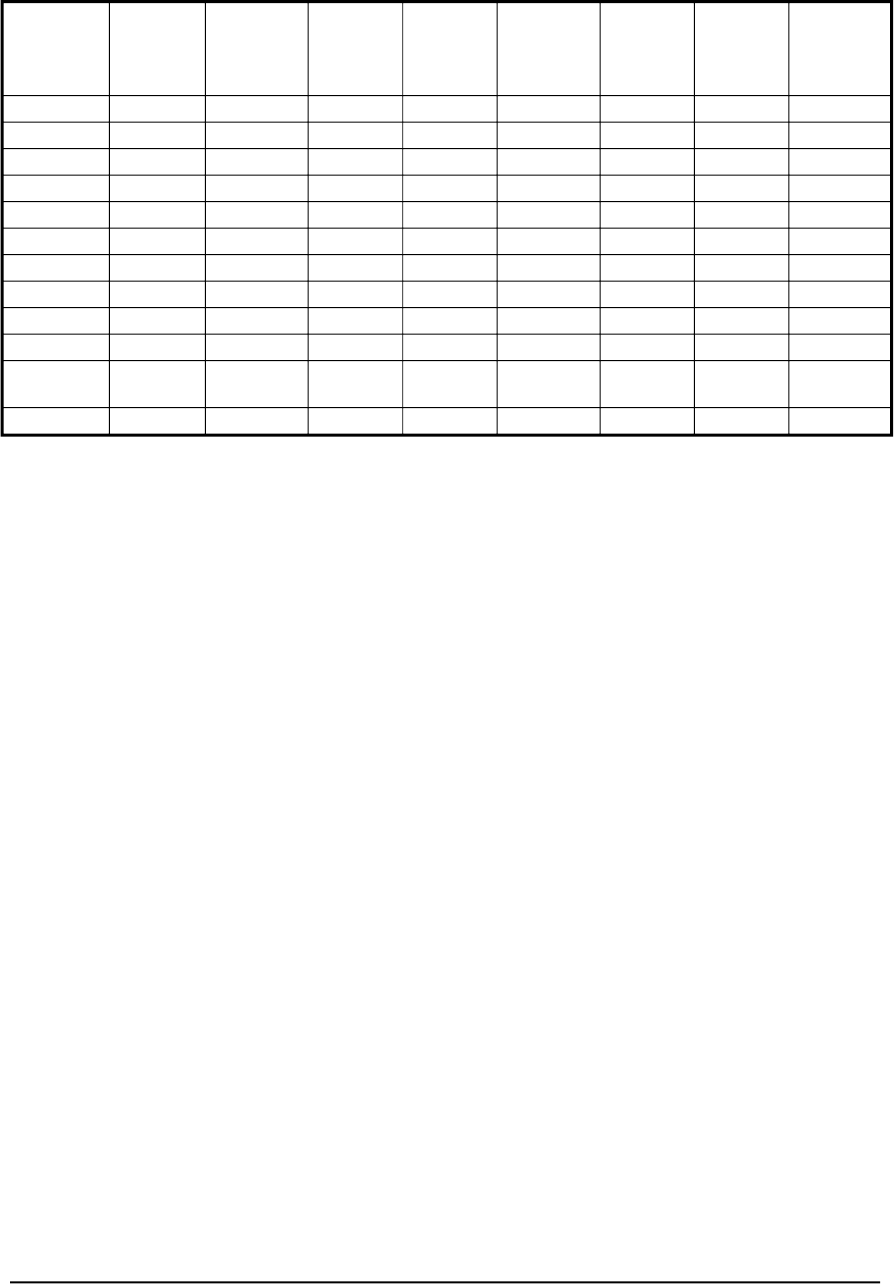
Table 7: Ratio of Tenants Who Pay for a Utility to Tenants Who Use the
Utility, by Structure Type, 1985 and 2005
Pay
for/Use
Year No Info
on
Structure
Type
Single
Family
Mobile
home
2-4 Unit
Structure
Condo
or Coop
5+ Unit
Building
All
Structure
Types
Water 1985 12.6% 62.4% 31.3% 22.4% 10.0% 5.4% 26.1%
2005 14.4% 50.7% 40.8% 22.2% 14.5% 15.6% 27.5%
Trash 1985 8.8% 49.7% 24.2% 18.5% 4.6% 2.9% 19.3%
2005 9.7% 42.5% 35.2% 17.2% 7.2% 6.2% 19.6%
Electricity 1985 86.9% 96.9% 86.1% 88.4% 93.1% 85.0% 89.5%
2005 86.6% 95.2% 94.3% 89.2% 87.7% 82.5% 88.0%
Gas 1985 75.1% 95.6% 88.0% 79.4% 64.3% 56.3% 75.3%
2005 69.3% 86.8% 75.4% 75.1% 58.8% 54.3% 70.3%
Fuel Oil 1985 32.2% 89.9% 92.9% 41.0% 25.9% 17.4% 38.2%
2005 13.7% 43.4% 44.7% 28.3% 8.5% 5.6% 17.6%
Other
Fuels
1985 56.3% 70.6% 75.0% 67.0% 49.0% 47.2% 63.1%
2005 12.2% 36.9% 52.4% 23.6% 11.1% 11.7% 24.1%
25
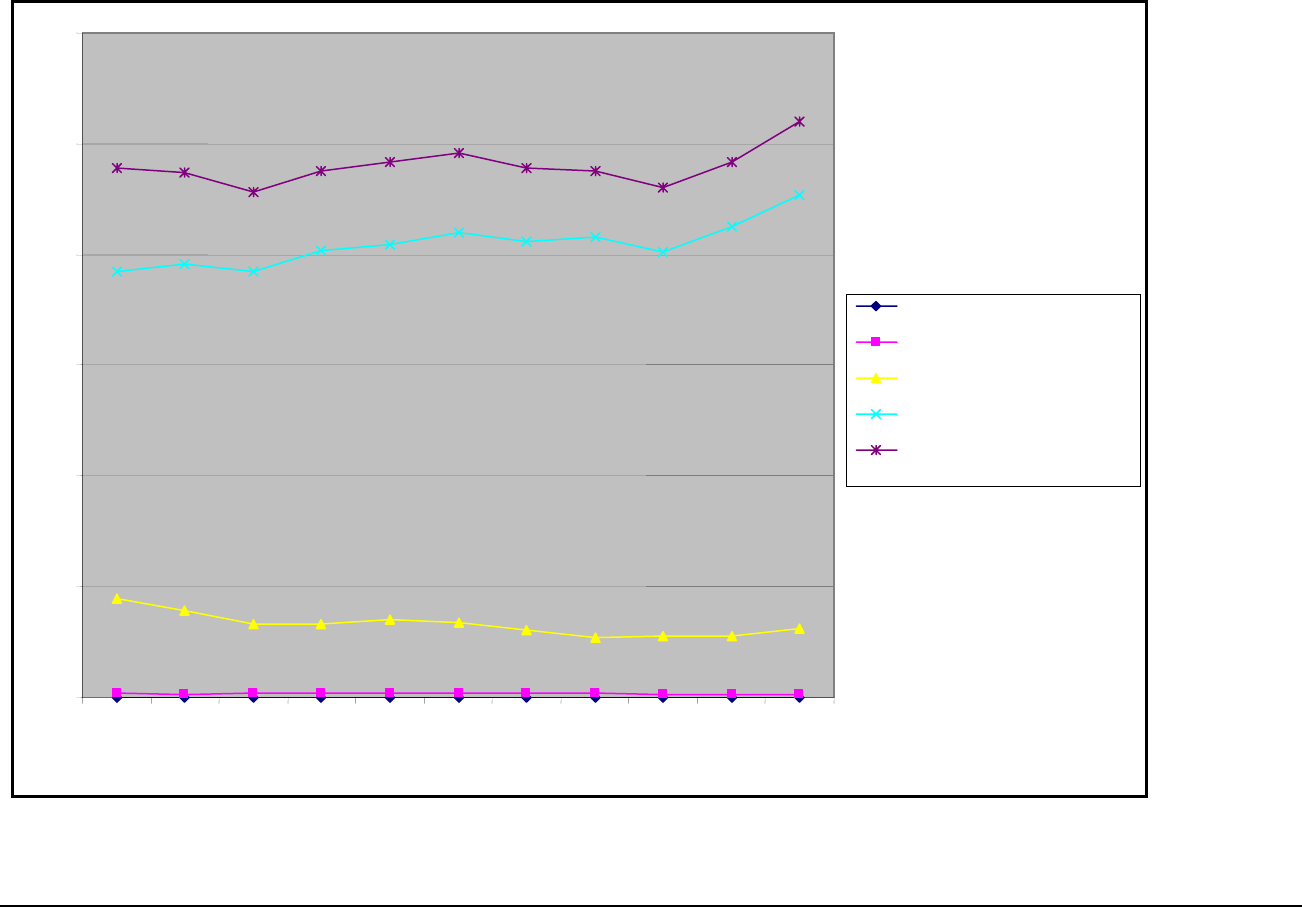
Figure 14: Ratio of Monthly Housing Costs to Monthly Household Income for Renters – 1985-2001
0%
5%
10%
15%
20%
25%
30%
Yea
r
A
ll fees
trash
1985 1987 1989 1991 1993 1995 1997 1999 2001 2003 2005
Monthly renter insurance
Monthly utilities
Monthly rent + water & sewer &
Monthly housing costs
26
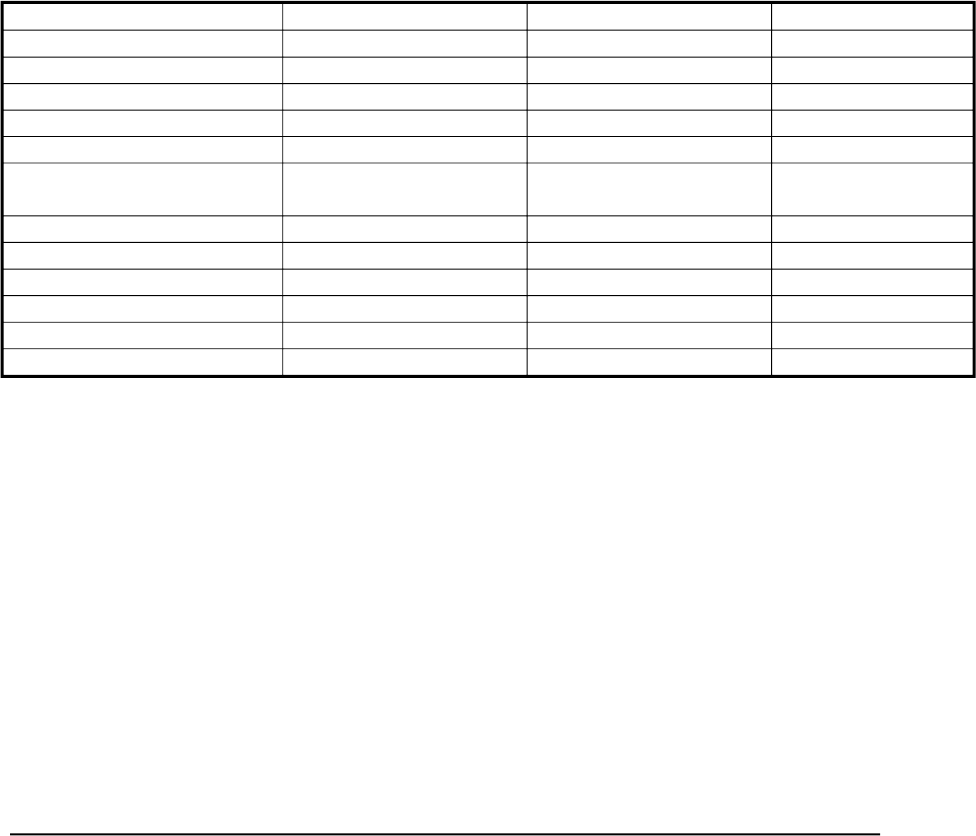
Section F: Additional Analysis and Part I Summary
Figure 15 shows that costs per square foot of housing have been rising for all three
classes of households. The paths for renters and for owners with mortgages almost
coincide with one another; the similarity in these two paths demonstrates that these two
markets compete with one another. The per-square-foot costs for owners without
mortgages are substantially lower, but one should not interpret this to mean that the
actual costs of housing are less for this class. If the analysis included the opportunity
costs of the equity in owner-occupied housing, the curves for the two classes of owners
would be much closer together.
Table 8 summarizes the key findings for all three classes of households. Housing costs
are highest for owners with mortgages and lowest for owners without mortgages.
Although housing costs have almost doubled for renters over the period, they have risen
even more for owners, both those with and those without mortgages.
Table 8: Key Findings
Owners with Mortgages Owners without Mortgages Renters
Monthly Housing Costs
1985 $670 $200 $424
2005 $1,521 $455 $830
Percent Change 127% 128% 95%
Major Components
Primary component
Principal & Interest on all
mortgages
Utilities Rent + Water & Trash
Average Share 65% 49% 85%
Secondary component Utilities Real estate taxes Utilities
Average Share 16% 31% 14%
Percent of Income
1985 20% 10% 24%
2005 22% 11% 26%
The major components of housing costs for owners with mortgages are principal and
interest on all mortgages and utilities; combined, the two components account for 81
percent of housing costs between 1985 and 2005. The share of payments to principal
and interest has remained fairly constant over the period but the share of utilities has
fallen. For owners without mortgages, utilities and real estate taxes account for 80
percent of housing costs. Over the period, the share attributed to utilities has fallen while
the share attributed to real estate taxes has risen.
The ratio of housing costs to income is highest for renters and lowest for owners without
mortgages. These ratios have displayed only minor variation over the 20-year period.
There was a slight increase in each of the ratios between 2003 and 2005. In all three
cases, the increase was the result of rising costs and declining income.
27
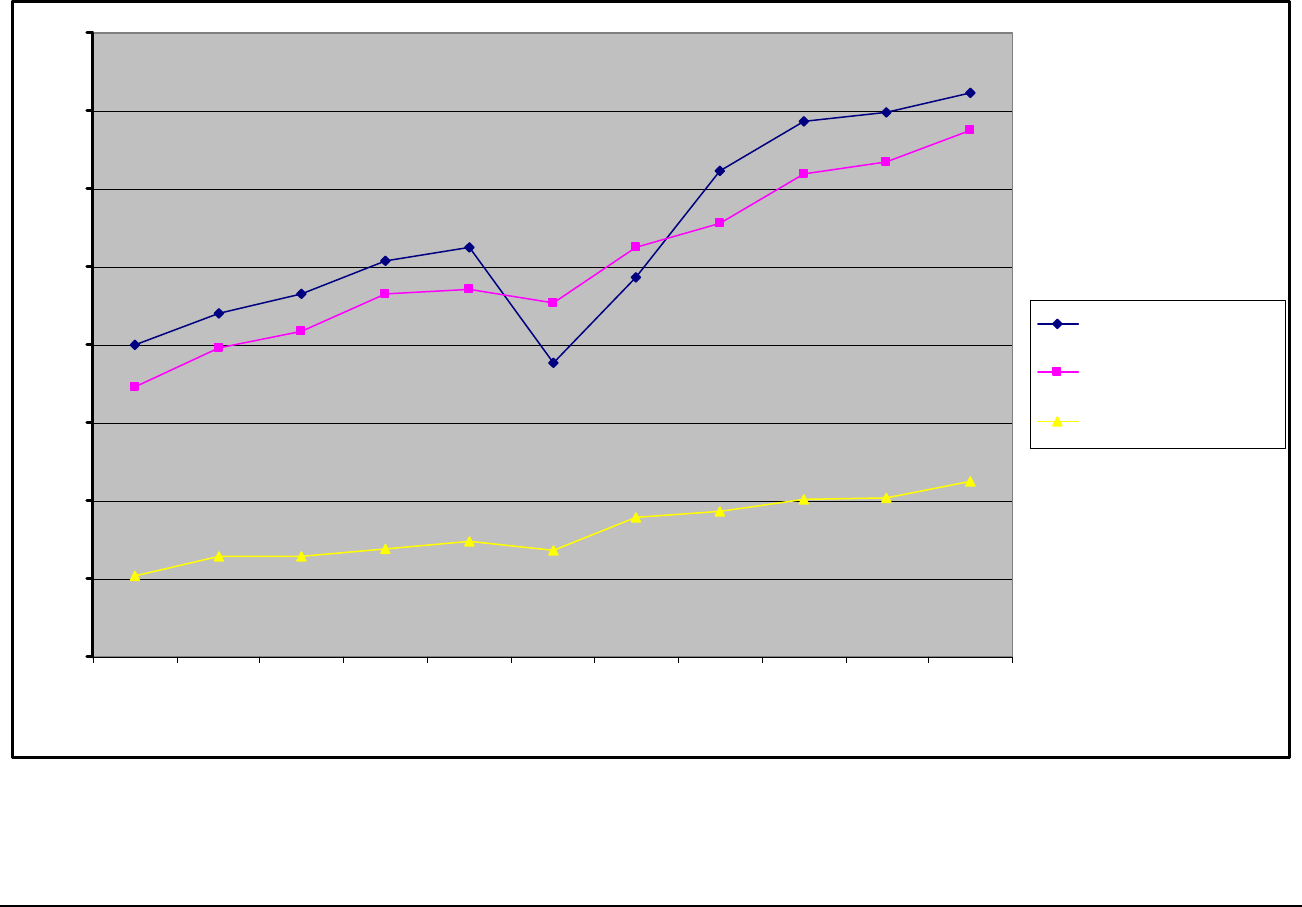
Figure 15: Trends in the Ratio of Monthly Housing Cost Per Square Foot
i
i
$0.00
$0.10
$0.20
$0.30
$0.40
$0.50
$0.60
$0.70
$0.80
Renters
Ow ners w th mortgages
Ow ners w thout mortgages
1985 1987 1989 1991 1993 1995 1997 1999 2001 2003 2005
Year
28

As noted, adjusting for the increasing size of units does not change the conclusion that
housing costs have been rising. However, Figure 5 showed that the ratio of monthly
housing costs to value has declined for owners, both those with and those without
mortgages.
PART 2: Adequacy of the 30-Percent-of-Income Standard
Section G: Background on the 30-Percent Standard
Various Income Standards
HUD has developed the Housing Affordability Data System (HADS) “to provide housing
analysts with consistent measures of affordability and burdens over a long period.”
10
The
HADS system looks at the affordability of housing from several perspectives, including
the fraction of income that a household spends on housing. HADS uses “the standard
assumption [emphasis added] that a unit is affordable if the household spends no more
than 30 percent of its income on housing.”
11
In this context, expenditures on “housing”
include utility payments and, for owner-occupied housing, real estate taxes, hazard
insurance, and fees such as condo fees or homeowners’ association fees. The “standard
assumption” of 30 percent has a long history. Nelson and Vandenbroucke used this
assumption in one of the earliest papers on the affordability of housing.
12
But “30 percent” is not the only standard used in assessing affordability. The National
Association of Realtors
©
(NAR) has published an index of affordability for homeowners
dating back to at least 1970. This index is calculated by taking the ratio of 25 percent of
median family income to the cost of a mortgage on the median-priced existing house at
current interest rates and with a 20-percent downpayment. The NAR formula considers
only the costs of payments to principal and interest and therefore excludes many of the
costs included in the HADS definition of housing costs. Data from the 2001 through
2005 AHS surveys derived from Part 1 of this report indicate that principal and interest
payments accounted for approximately 60 percent of the housing costs of homeowners
with mortgages. Therefore, the NAR 25-percent standard is equivalent to a standard of
42 percent in the HADS context.
13
HUD has periodically prepared reports for Congress analyzing the extent of serious
housing needs. The standard used to identify “worst case needs” was affirmed in a 1990
report of the Senate Appropriations Committee: “families and individuals whose incomes
10
See page 1 of the 2007 HADS documentation at
http://www.huduser.org/intercept.asp?loc=/Datasets/hads/HADS_doc.pdf
.
11
Ibid., page 11.
12
Kathryn P. Nelson and David A. Vandenbroucke, “Affordable Rental Housing: Lost, Stolen, or
Strayed?,” paper presented at the 1996 Mid-Year Meeting of the American Real Estate and Urban
Economics Association, Washington, DC, May 28, 1996.
13
Let P&I=.25Y and P&I/MHC=0.6. Then 0.6MHC=.25Y and MHC/Y= 0.42.
29
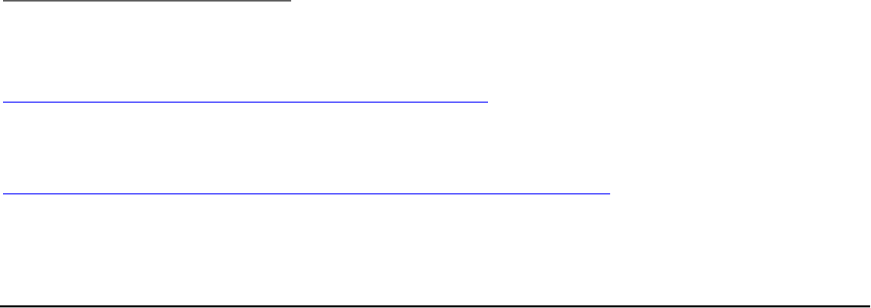
fall 50 percent below an area’s median income, who either pay 50 percent or more of
their monthly income for rent, or who live in substandard housing.”
14
Origin of the 30-Percent Standard
The 30-percent standard probably originates in the set of rules that determine how much
families in federally assisted housing must pay in rent. Until the late 1960s, public
housing was the predominant form of federally assisted housing. In the public housing
program as originally formulated, the federal government entered into agreements with
local entities, known as public housing authorities (PHAs), under which the federal
government would pay for the construction of public housing and PHAs undertook to
manage the public housing projects and cover all operating costs from rents collected
from tenants. These arrangements, which governed the public housing program from its
creation in 1937 to 1968, had one problem: the poorest of the poor could not afford to
live in public housing because they could not pay the rents required to cover operating
costs and still have income left over for other necessities. Because of this shortcoming,
Senator Brooke convinced Congress in 1968 to mandate that no family would have to pay
more than 25 percent of its income toward rent in federally assisted housing.
15
In 1981,
Congress changed the minimum payment to 30 percent of income. This change was
primarily designed to reduce the costs of federally assisted housing but it presumes, at
least implicitly, that households should be able to provide for their non-housing needs
with 70 percent of their income.
The authors do not know why the Brook Amendment established 25 percent instead of
some other percentage as the maximum required contribution. There were three potential
sources of data that could have been used to calculate an appropriate standard. First, the
1960 decennial census collected data on mortgage payment, rents, other housing costs,
and incomes. The 1960 Census reported that the median ratio of housing costs to income
was 19 percent for owners with mortgages and 10 percent for owners without mortgages;
the 1960 Census did not publish the ratio of rent to income.
16
Second, according to the
national income accounts, expenditures on housing, including payments for utilities,
averaged 14.3 percent of personal income in 1968.
17
The ratio of housing costs to all
expenditures probably varies substantially across income strata, so the 14-percent average
may not reflect expenditure patterns among lower income households. The ratio of
housing costs to personal income was 12.2 percent in 1981 when Congress raised the
standard to 30 percent; in 2005 it was 17.4 percent.
18
Third, the Bureau of Labor
14
Committee Report to accompany H.R. 5158, The VA-HUD Appropriations Act for FY 1991 (S. Rpt. 101-
474) as reported on page 7 of Affordable Housing Needs 2005: Report to Congress, May 2007, U. S.
Department of Housing and Urban Development,
http://www.huduser.org/publications/affhsg/affhsgneed.html
.
15
As a consequence of the so-called Brooke Amendment, the federal government now makes annual
contributions to PHAs to help them cover the difference between rental income and operating costs.
16
1960 Census of Housing, Volume V Residential Finance, Part I Homeowner Properties, page XXIX, at
http://www2.census.gov/prod2/decennial/documents/10959455v5p1ch1.pdf
.
17
1970 Statistical Abstract of the United States, Tables 476 and 480.
18
1982/83 Statistical Abstract of the United States, Tables 692 and 698, and 2008 Statistical Abstract of the
United States, Tables 656 and 662.
30

Statistics (BLS) collected data on consumer expenditures as part of the process of
constructing the consumer price index. However, consumer expenditure data from these
surveys are not available on the Internet for years prior to 1984.
19
The 25-percent
standard required a higher contribution for housing than either the median ratio for the
owner-occupied housing or the average ratio for all housing from the two sources that the
authors were able to check.
Section H: Continued Adequacy of the 30-Percent Standard
HUD suggested a straightforward way to analyze whether the 30-percent standard is still
adequate. The method starts with the assumption that the standard was adequate in 1985.
Then, using data from both the 1985 and 2005 AHS surveys, the method observes
whether households can afford the same level of non-housing consumption in 2005 that
they consumed in 1985 if they spend 30 percent of their incomes on housing in both
years.
Tables 9 through 12 examine how the income left for non-housing consumption would
have changed between 1985 and 2005 if households spent 30 percent on their incomes for
housing. The tables report on households of different types and, within each type, on
seven classes of households based on the ratio of household income to median income in
the area in which the household lives.
20
The categories are:
• Extremely low income – household income less than or equal to 30 percent of the
local area median income
• Very low income – income higher than 30 percent but less than or equal to 50
percent of local area median income
• Low income – income higher than 50 percent but less than or equal to 60 percent
of local area median income
• Moderate income – income higher than 60 percent but less than or equal to 80
percent of local area median income
• High income – income higher than 80 percent but less than or equal to 100
percent of local area median income
• Very high income – income higher than 100 percent but less than or equal to 120
percent of local area median income
• Extremely high income – income higher than 120 percent of local area median
income
The tables use AHS data on income and housing costs and the categorization of
households by income category from the HADS files. The Consumer Price Index was
used to translate 1985 expenditures on items other than shelter into the 2005 dollars
needed to purchase the equivalent non-housing items. Readers should note that the
tables do not compare the same households in two different years. Instead, the analysis
19
BLS used the information from the consumer expenditure surveys to construct family budgets, which
will be discussed in a later section.
20
The seven-level classification was developed by HUD for its HADS data system; the names applied to
the categories are not used by HADS.
31
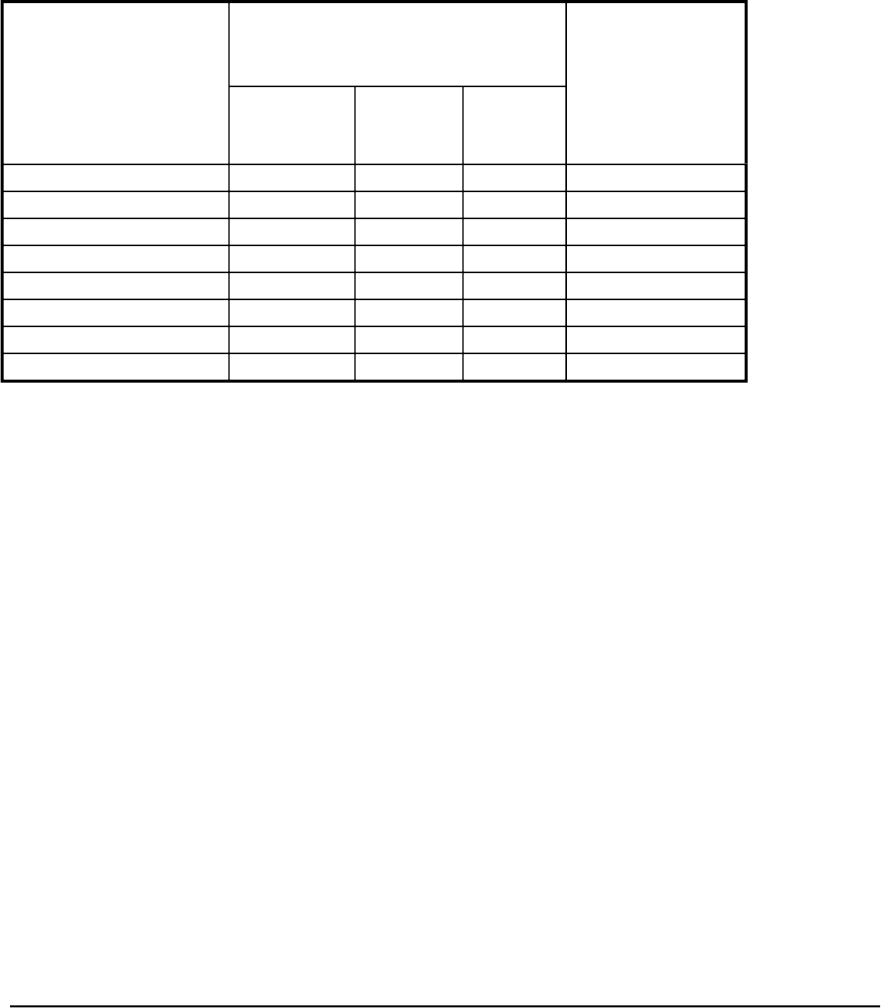
groups households by relative income in two different years and compares the groups
from those years.
Table 9 looks at all households. The first three columns hold the ratio of housing costs to
income constant at 30 percent and examine how the level of real non-housing
expenditures changes. Regardless of income class, households would be able to purchase
more real non-housing goods and services in 2005 than in 1985 if households allocated
30 percent of their income to housing and 70 percent to non-housing. The increase in
non-housing consumption grows almost uniformly with income.
Table 9: Hypothetical Changes in Expenditures Levels –
All Households
Hypothetical Changes
in Expenditures Levels
Non-housing expenditures --
assuming 30 percent of income
spent on housing
Percent of
income available
for housing at
1985 level of
non-housing
expenditures
1985
(in 2005
dollars)
2005 Change
All households $35,630 $43,573 $7,943 43%
Extremely low income $5,332 $5,688 $356 34%
Very low income $11,994 $14,428 $2,434 42%
Low income $17,060 $19,969 $2,909 40%
Moderate income $21,306 $25,232 $3,925 41%
High income $28,595 $33,568 $4,972 40%
Very high income $33,647 $37,841 $4,194 38%
Extremely high income $63,259 $81,013 $17,754 45%
The last column in Table 9 holds the real level of non-housing expenditures constant and
calculates what portion of income would be available for housing. If households in 2005
consumed the same level of non-housing goods and services as they did in 2005, all of
the household classes would be able to afford to spend more than 30 percent of their
income on housing and some classes would be able to spend substantially more than 30
percent.
Table 10 repeats the analysis in Table 9 but distinguishes households based on tenure and
the mortgage status. The affordability of housing may be a less important issue for
owners because housing represents an investment as well as a consumption item for
owners. Also, holding income constant, one would expect owners without mortgages to
be able to afford more non-housing goods. Table 10 shows the same patterns for renters,
owners with mortgages, and owners without mortgages as Table 9 shows for all
households.
Table 11 focuses on selected household types. Once again the results are similar to those
for all households.
Finally, Table 12 looks at households by the race and ethnicity of the householder. Only
very low income households with a Black non-Hispanic householder would experience a
32

decline in real non-housing expenditures and the observed decline is less than one
percent.
Tables 9 through 12 lead to the conclusion that: if spending 30 percent of income on
housing allowed an adequate level of consumption of non-housing goods and services in
1985, then spending 30 percent of income on housing in 2005 would also have allowed
an adequate level of non-housing expenditures. The conclusion of adequacy rests on the
assumption that 30 percent of income was the appropriate level of expenditure on
housing in 1985 across income categories. The next section examines an alternative
approach that does not rely on this assumption.
33
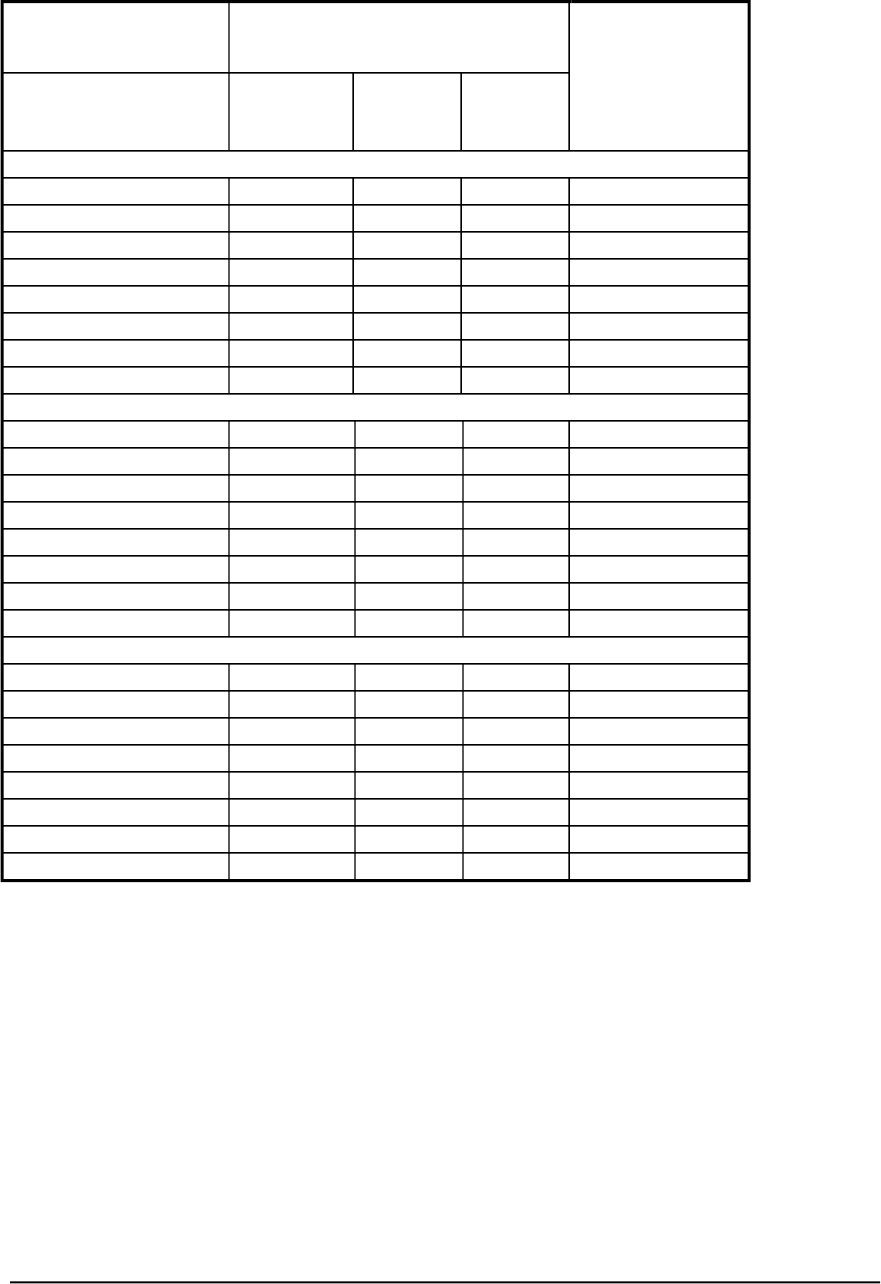
Table 10: Hypothetical Changes in Expenditures Levels –
Households by Tenure and Mortgage Status
Non-housing expenditures --
assuming 30 percent of income
spent on housing
Percent of
income available
for housing at
1985 level of
non-housing
expenditures
1985 (in
2005
dollars)
2005 Change
Renters
All households $25,977 $26,816 $839 32%
Extremely low income $5,472 $5,782 $309 34%
Very low income $12,605 $14,838 $2,234 41%
Low income $17,449 $20,081 $2,633 39%
Moderate income $21,063 $25,078 $4,015 41%
High income $27,594 $32,668 $5,074 41%
Very high income $30,970 $34,896 $3,926 38%
Extremely high income $54,420 $66,347 $11,927 43%
Owners with mortgages
All households $49,700 $58,981 $9,281 41%
Extremely low income $5,490 $6,075 $585 37%
Very low income $13,131 $15,882 $2,751 42%
Low income $18,496 $21,322 $2,826 39%
Moderate income $23,551 $26,898 $3,347 39%
High income $31,370 $35,456 $4,086 38%
Very high income $37,200 $40,719 $3,519 36%
Extremely high income $68,074 $84,886 $16,812 44%
Owners without mortgages
All households $29,126 $34,319 $5,192 41%
Extremely low income $5,096 $5,413 $317 34%
Very low income $11,008 $13,156 $2,148 41%
Low income $15,742 $18,478 $2,736 40%
Moderate income $19,925 $23,175 $3,250 40%
High income $26,514 $30,854 $4,340 40%
Very high income $31,581 $34,398 $2,817 36%
Extremely high income $59,250 $77,076 $17,826 46%
34
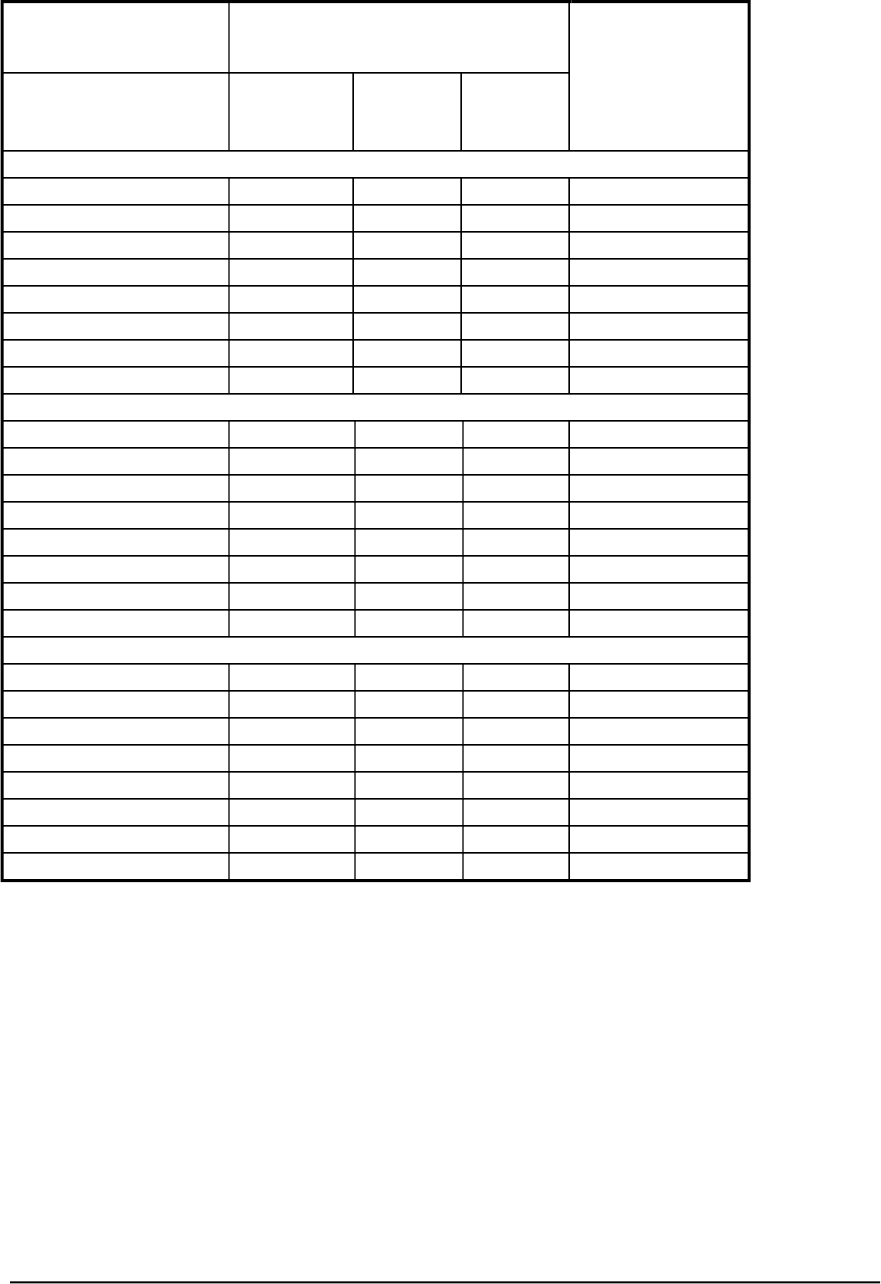
Table 11: Hypothetical Changes in Expenditures Levels –
Selected Household Types
Non-housing expenditures --
Percent of
assuming 30 percent of income
income available
spent on housing
for housing at
1985 level of
non-housing
expenditures
1985 (in
2005
dollars)
2005 Change
Elderly
All households
$21,269 $27,074 $5,804 45%
Extremely low income
$5,313 $5,536 $223 33%
Very low income
$10,669 $12,825 $2,156 42%
Low income
$15,412 $18,189 $2,777 41%
Moderate income
$19,083 $22,686 $3,603 41%
High income
$25,389 $30,103 $4,714 41%
Very high income
$29,508 $34,446 $4,938 40%
Extremely high income
$55,813 $74,575 $18,762 48%
Households with Children
All households
$40,711 $50,427 $9,716 43%
Extremely low income
$6,284 $6,934 $650 37%
Very low income
$14,737 $17,268 $2,531 40%
Low income
$19,880 $23,389 $3,508 40%
Moderate income
$24,569 $29,447 $4,878 42%
High income
$33,005 $39,021 $6,016 41%
Very high income
$38,950 $44,868 $5,918 39%
Extremely high income
$67,566 $89,411 $21,845 47%
Households without Children
All households
$18,288 $22,539 $4,251 43%
Extremely low income
$5,332 $5,878 $546 37%
Very low income
$12,805 $15,024 $2,219 40%
Low income
$17,344 $20,620 $3,276 41%
Moderate income
$20,987 $24,426 $3,439 40%
High income
$27,480 $31,895 $4,414 40%
Very high income
$30,249 $32,798 $2,549 35%
Extremely high income
$52,333 $72,569 $20,235 50%
35
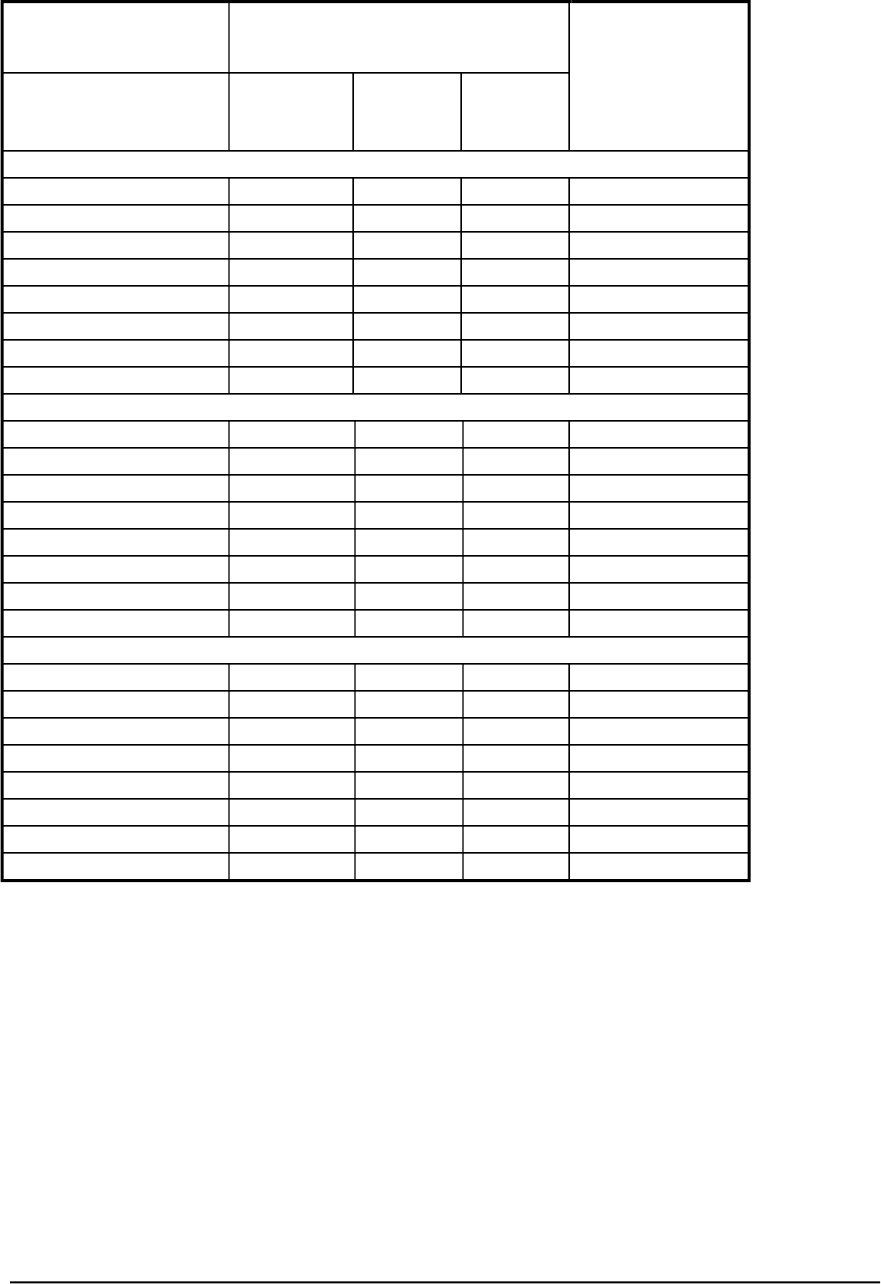
Table 12: Hypothetical Changes in Expenditures Levels –
Households by Race and Ethnicity
Non-housing expenditures --
Percent of
assuming 30 percent of income
income available
spent on housing
for housing at
1985 level of
non-housing
expenditures
1985 (in
2005
dollars)
2005 Change
White Non-Hispanic Householder
All households
$37,274 $46,619 $9,345 44%
Extremely low income
$5,258 $5,520 $262 33%
Very low income
$11,627 $13,749 $2,122 41%
Low income
$16,578 $19,170 $2,592 39%
Moderate income
$20,978 $24,524 $3,546 40%
High income
$28,354 $32,826 $4,472 40%
Very high income
$33,385 $37,183 $3,799 37%
Extremely high income
$63,598 $82,209 $18,611 46%
Black Non-Hispanic Householder
All households
$24,623 $29,733 $5,110 42%
Extremely low income
$5,238 $5,223 -$16 30%
Very low income
$12,480 $14,336 $1,856 39%
Low income
$17,526 $20,082 $2,555 39%
Moderate income
$21,943 $24,736 $2,793 38%
High income
$28,649 $34,008 $5,359 41%
Very high income
$34,781 $39,513 $4,732 38%
Extremely high income
$56,031 $69,091 $13,060 43%
Hispanic Householder
All households
$29,118 $34,273 $5,155 41%
Extremely low income
$6,006 $6,884 $878 39%
Very low income
$14,339 $16,815 $2,476 40%
Low income
$20,519 $22,691 $2,172 37%
Moderate income
$23,584 $28,658 $5,074 42%
High income
$30,556 $36,843 $6,287 42%
Very high income
$36,695 $39,498 $2,803 35%
Extremely high income
$61,991 $74,644 $12,653 42%
36

Section I: Looking for an Alternative Test
The preceding test of the adequacy of the 30-percent standard in 2005 depends upon the
assumption that 30 percent was an adequate standard in 1985. The authors searched for
an alternative test that did not depend on this assumption or similar assumptions.
A standard defined as a percent-of-income cannot work for all households. If household
income is close to zero, spending 30 percent or even 100 percent of income on shelter
will not secure safe and sanitary housing in a decent neighborhood, and spending 70
percent or even 100 percent on other goods and services will not meet the household’s
minimum needs. To be satisfactory, a percent-of-income standard has to ensure that a
reasonably large majority of households can acquire both sufficient housing and minimal
non-housing goods. To use this loosely defined criterion to test adequacy, one must have
some acceptable standards for what constitutes sufficient housing and minimal non-
housing consumption.
During the 1960s, BLS developed a technique to compare the cost of living across
metropolitan areas. Using data from the Consumer Expenditure Survey, BLS priced
three bundles of goods and services across 25 metropolitan areas and the non-
metropolitan portions of the four census regions. The bundles represented budgets for a
family of four at a “lower,” “intermediate,” and “higher” level. BLS collected additional
data to price these budgets for the last time in 1969, but updated the budgets through
1981 using detailed data on price changes at the local level.
There are several reasons why it would be inappropriate
to use these family budgets to
assess the 30-percent standard. First, BLS never intended the lower family budget to
represent a minimal level of consumption. Second, collecting the additional data needed
for the family budget involved the exercise of more than the usual level of judgment on
the part of BLS field staff and, for this reason, BLS always treated the family budgets as
less precise than their typical products.
21
Third, changes in the methodology used to
construct the CPI would affect the precision of any updates of the 1981 data. Fourth,
BLS created budgets for specific family compositions and, therefore, it would be
incorrect to apply that specific budget to a wider group of households. Despite these
limitations, this section uses the family budget data to assess the adequacy of the 30-
percent standard because, as frequently happens in research, the absence of ideal data
leads to the use of the only data available.
This section uses the family budget data for 1981, as opposed to earlier versions of the
family budgets, for three reasons.
22
These are the most recent data available; in
particular, they are closest in time to the 1985 starting point for the analysis in the
preceding section. Although they are updates of data collected in 1969, the BLS updates
21
See “A century of family budgets in the United States” by David S. Johnson, John M. Rogers, and
Lucilla Tan in Monthly Labor Review, May 2001, pp. 28-45.
22
The authors thank Louise Campbell and John Rogers of BLS for their help in obtaining the family budget
data.
37

are preferable to those the authors could make. And the 1981 budgets include line items
for taxes and other non-consumption expenditures, so that the full budgets equal the
income that the 30-percent standard would be applied to. The 1969 report has budgets
that correspond to disposable (after tax) income rather than personal (pre-tax) income.
According to the BLS budget, expenditures on housing would average substantially less
than 30 percent. For the low-level budget, all housing costs equal 14 percent of income.
For the intermediate and high-level budgets, the percentages were 17 percent and 15
percent, respectively. These percentages call the 30-percent standard into question. If
other expenditures (including taxes) account for approximately 85 percent of income,
perhaps the 30-percent standard does not allow for enough non-housing consumption.
To investigate this possibility, the authors used data obtained from BLS to update the
lower-level expenditures on non-housing, taxes, and other items to 2005 dollars. The
updated amount is $27,013.
23
Looking at Tables 7 through 10, it appears that, in general,
moderate income households and households with lower incomes would not be able to
afford this expenditure while still paying 30 percent of their income for housing.
However, there are two exceptions to this conclusion, one of which is very important.
Moderate income households with children and moderate income households with
Hispanic householders could afford this level of non-housing expenditures. The
exception for households with children is important because the BLS family budgets are
defined for households with children.
24
Also, it is important to keep in mind that, as a
result of the Tax Reform Act of 1986, tax rates for lower income households are typically
lower today than in 1981.
Given the weaknesses inherent in using the BLS family budgets as a standard for minimal
consumption, only a tentative conclusion can be drawn. For the household type closest to
the family type used by BLS, it appears that moderate income and higher-level income
households of this type could afford the lower level of non-housing expenditures while
allocating 30 percent of their income to housing. Households with children with less than
moderate income apparently could not afford the lower level of non-housing
expenditures. Low-income households with children fall close to $4,000 short of being
able to afford $27,013 for non-housing goods and services and taxes. However, actual
taxes might be lower in 2005, and the average household with children in 2005 contains
fewer than four members and therefore may not need as many non-housing goods and
services.
25
Table 13 reports actual housing and non-housing expenditures in 2005 for households
with children. The BLS lower-level budget for shelter appears low by 2005 standards.
23
To obtain this estimate, the authors subtracted shelter costs from family income (both from the 1981
lower-level budget) and multiplied the difference by the ratio of the CPI (all items except shelter) in 2005
to the same CPI in 1981.
24
The budgets assume a family consisting of “an employed husband, age 38, a wife not employed outside
the home, an 8 year-old girl, and a 13 year-old boy.”
25
In 2005, a household of the type the BLS used for the family budgets would pay no income taxes on
incomes less than $22,800 and would pay 10 percent on all income between $22,800 and $37,400. Earners
in these households would pay Social Security and Medicare taxes.
38
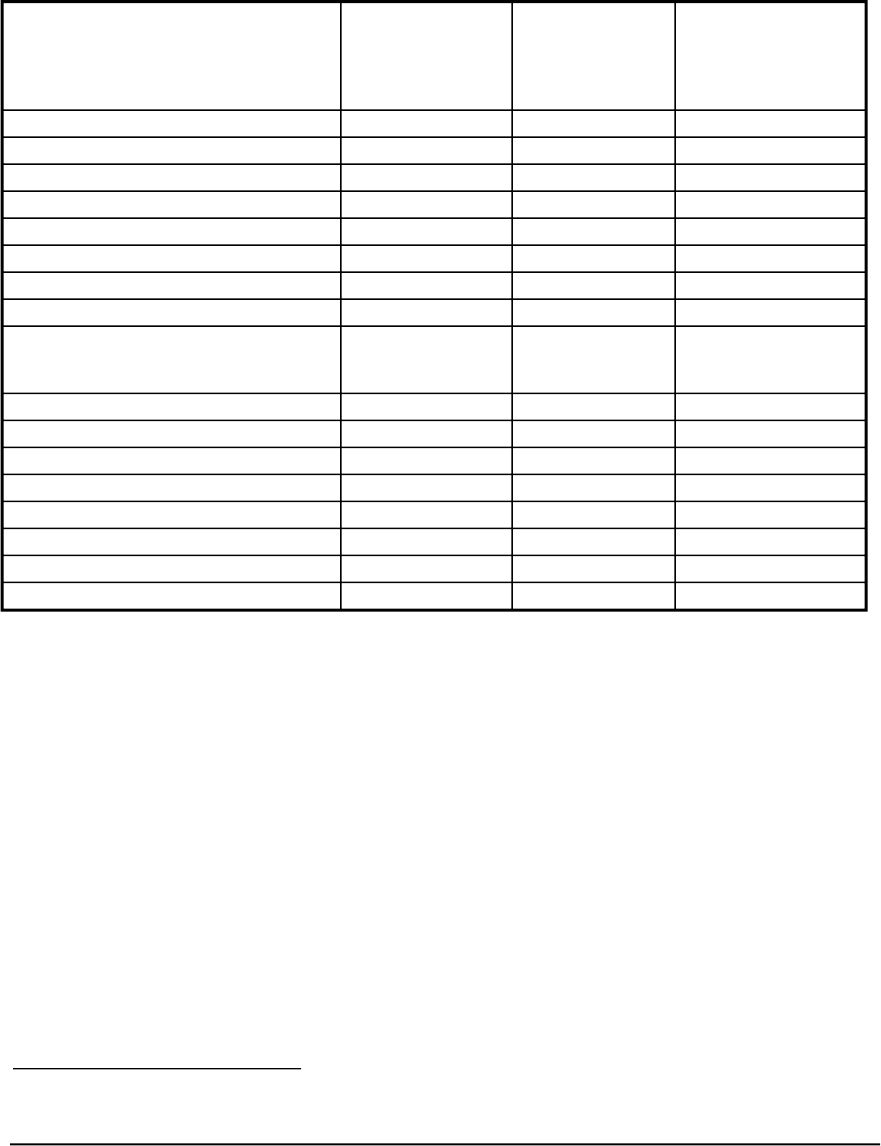
Households with children at all income levels spend substantially more on housing than
the inflated BLS budget amount. The percent spent on shelter is greater than 30 percent
for extremely low income, very low income, and low income households with children.
Moderate income households with children spend 29 percent on shelter.
Table 13: Actual Expenditures for Housing and Non-Housing in 2005 for
Households with Children
1981 BLS
Lower-Level
Shelter Budget
in 2005 $s
26
Actual 2005
Housing Costs
Actual Housing
Costs as Percent
of Income
All households $5,242 $15,084 21%
Extremely low income $5,242 $9,238 93%
Very low income $5,242 $10,355 42%
Low income $5,242 $11,006 33%
Moderate income $5,242 $12,180 29%
High income $5,242 $13,633 24%
Very high income $5,242 $14,944 23%
Extremely high income $5,242 $20,326 16%
2005 Income
Actual 2005
Housing Costs
Remaining Income
All households $72,039 $15,084 $56,954
Extremely low income $9,905 $9,238 $667
Very low income $24,668 $10,355 $14,313
Low income $33,412 $11,006 $22,406
Moderate income $42,067 $12,180 $29,887
High income $55,744 $13,633 $42,111
Very high income $64,097 $14,944 $49,153
Extremely high income $127,730 $20,326 $107,404
Looking at actual expenditures, moderate income households with children and those
households with children that have more than moderate income had sufficient remaining
income to cover the non-housing items in the BLS lower-level family budget. Once
again it appears that 30 percent of income works for moderate and higher income
households but not for households with lower than moderate income.
While this alternative test leads to similar conclusions as the initial test, one should
interpret the results of the alternative test cautiously for a variety of reasons. As noted,
the actual level of expenditure on housing even among households at the bottom two
income categories is substantially higher than the updated BLS lower-level shelter
budget. This may be the result of an underestimate of shelter costs in the 1981 lower-
income budget, inadequate adjustments for inflation in shelter costs, a shift of household
expenditures in favor of housing relative to non-housing, or some combination of these or
other factors. At a minimum, the magnitude of the difference between actual housing
26
The 1981 BLS lower-level shelter budget was updated to 2005 using the shelter component of the CPI.
39

expenditures and the updated shelter component should be seen as a weakness in the
analysis. In addition, the reader should remember that BLS did not intend for the lower-
level budget to be interpreted as a poverty-level budget.
40
